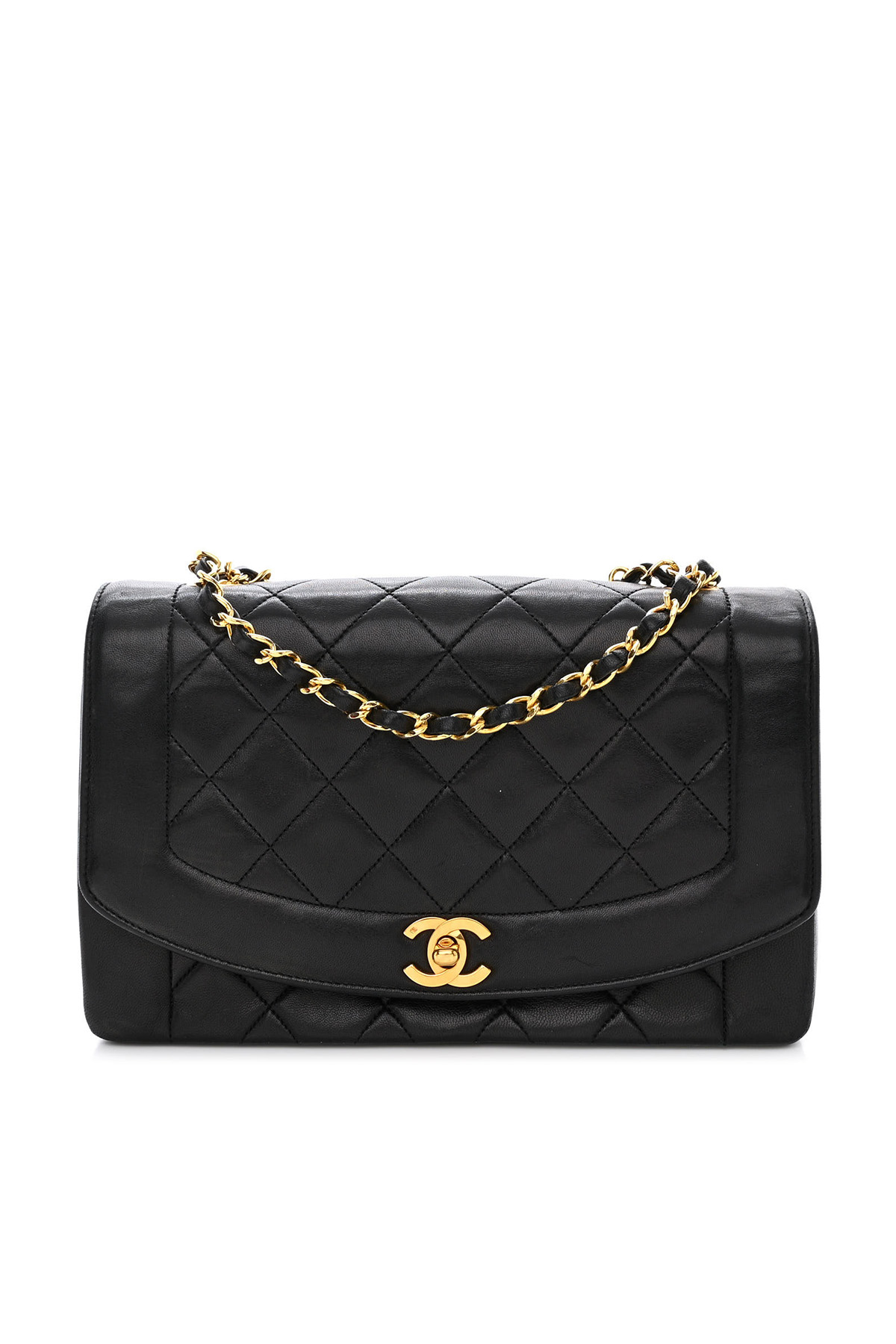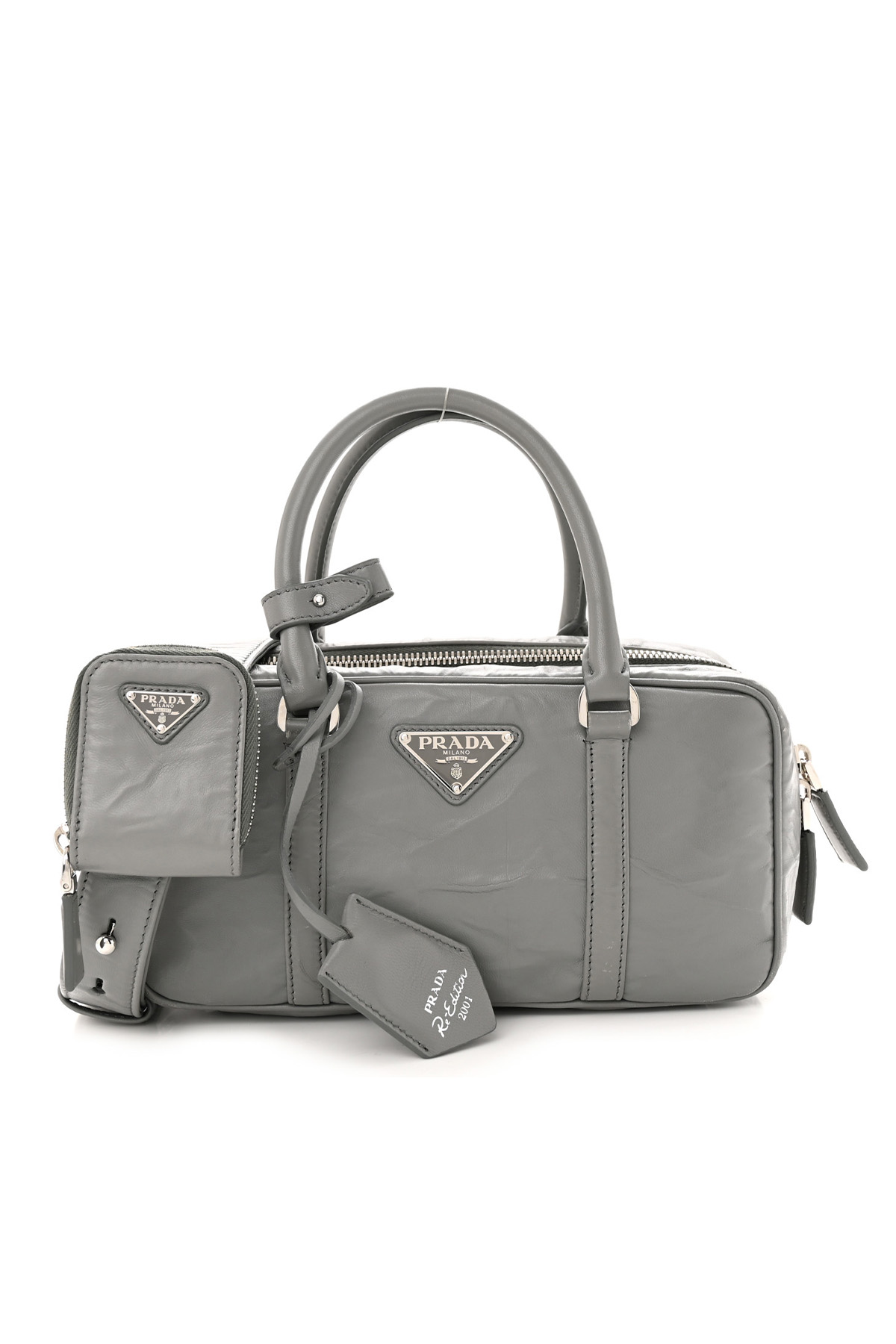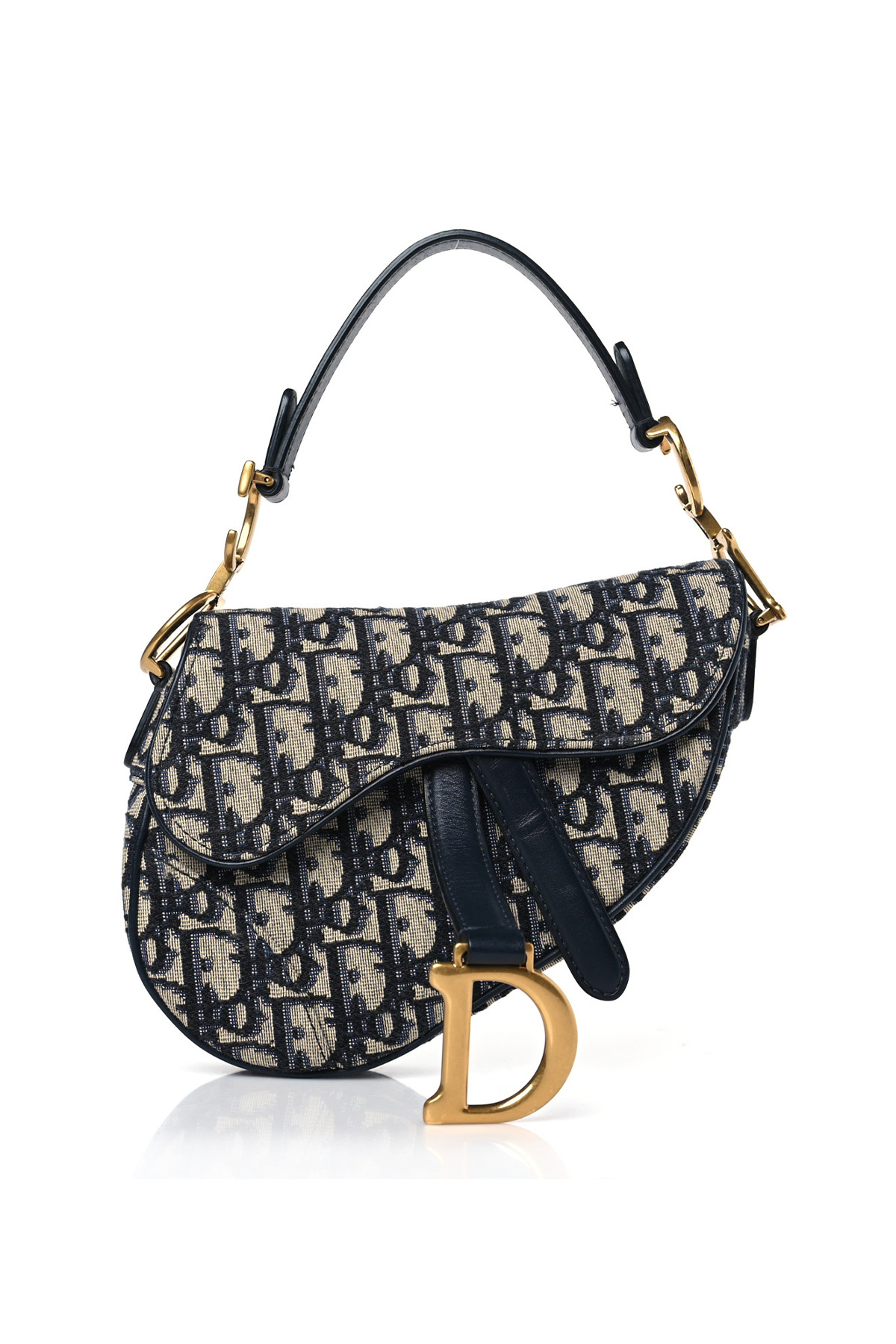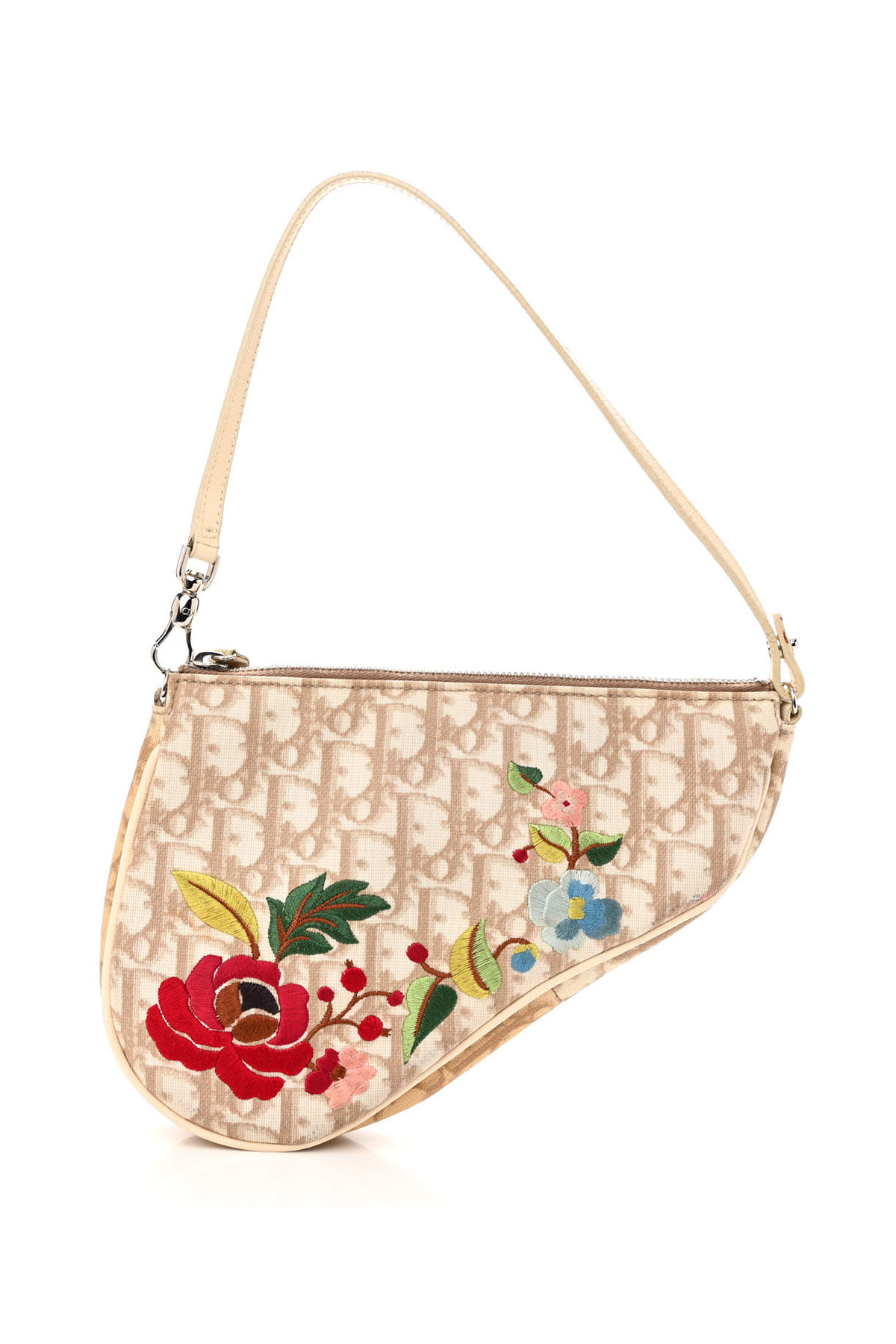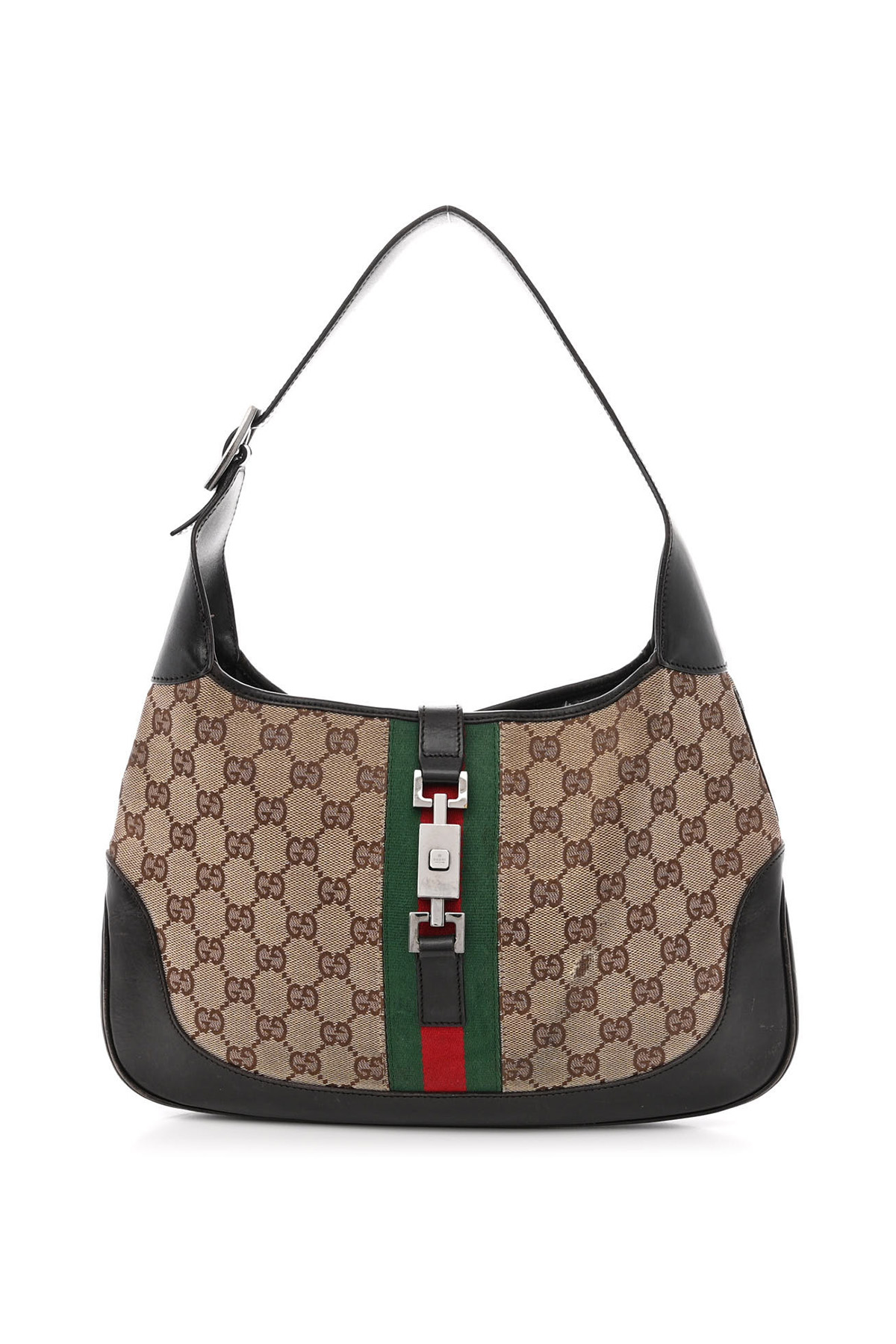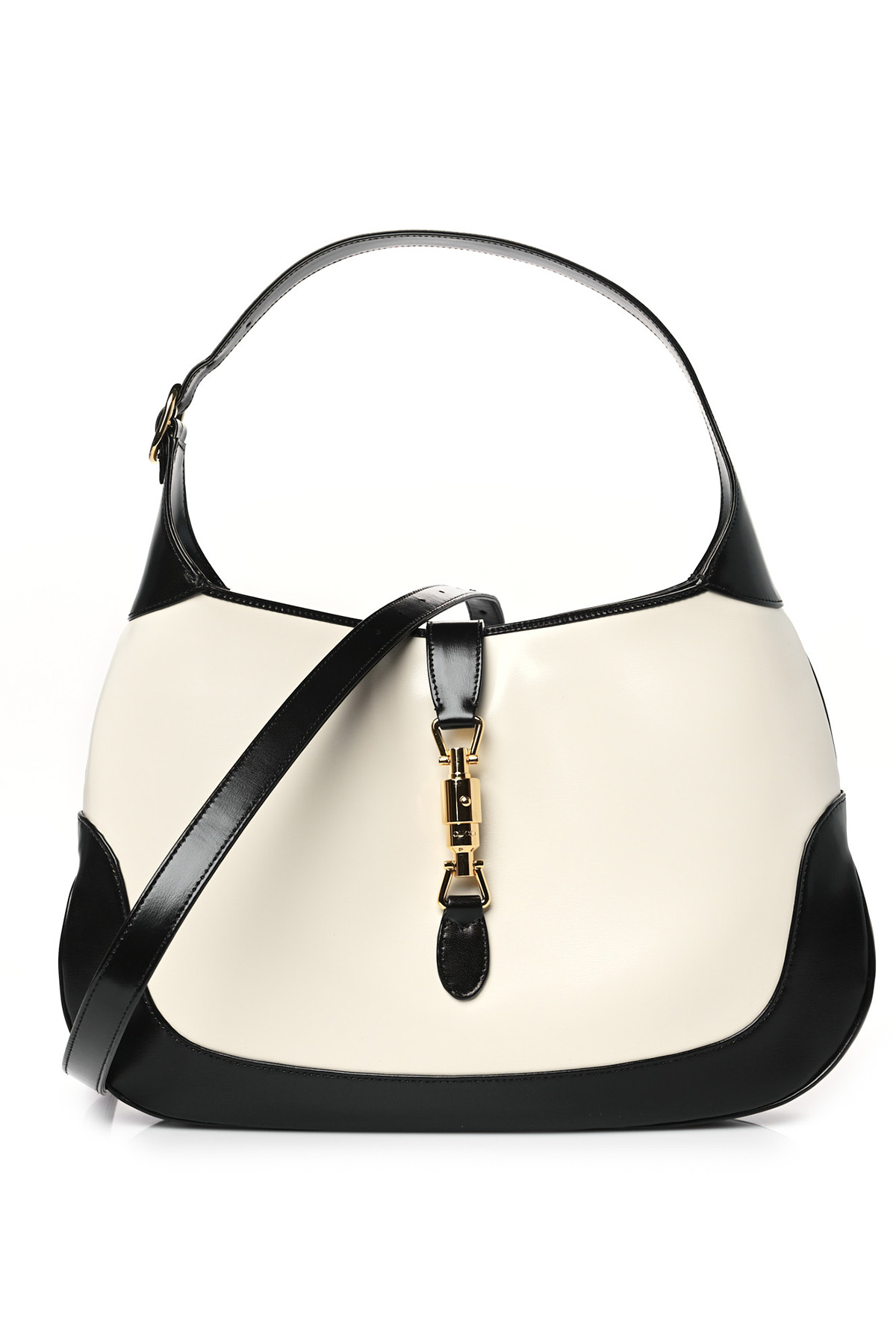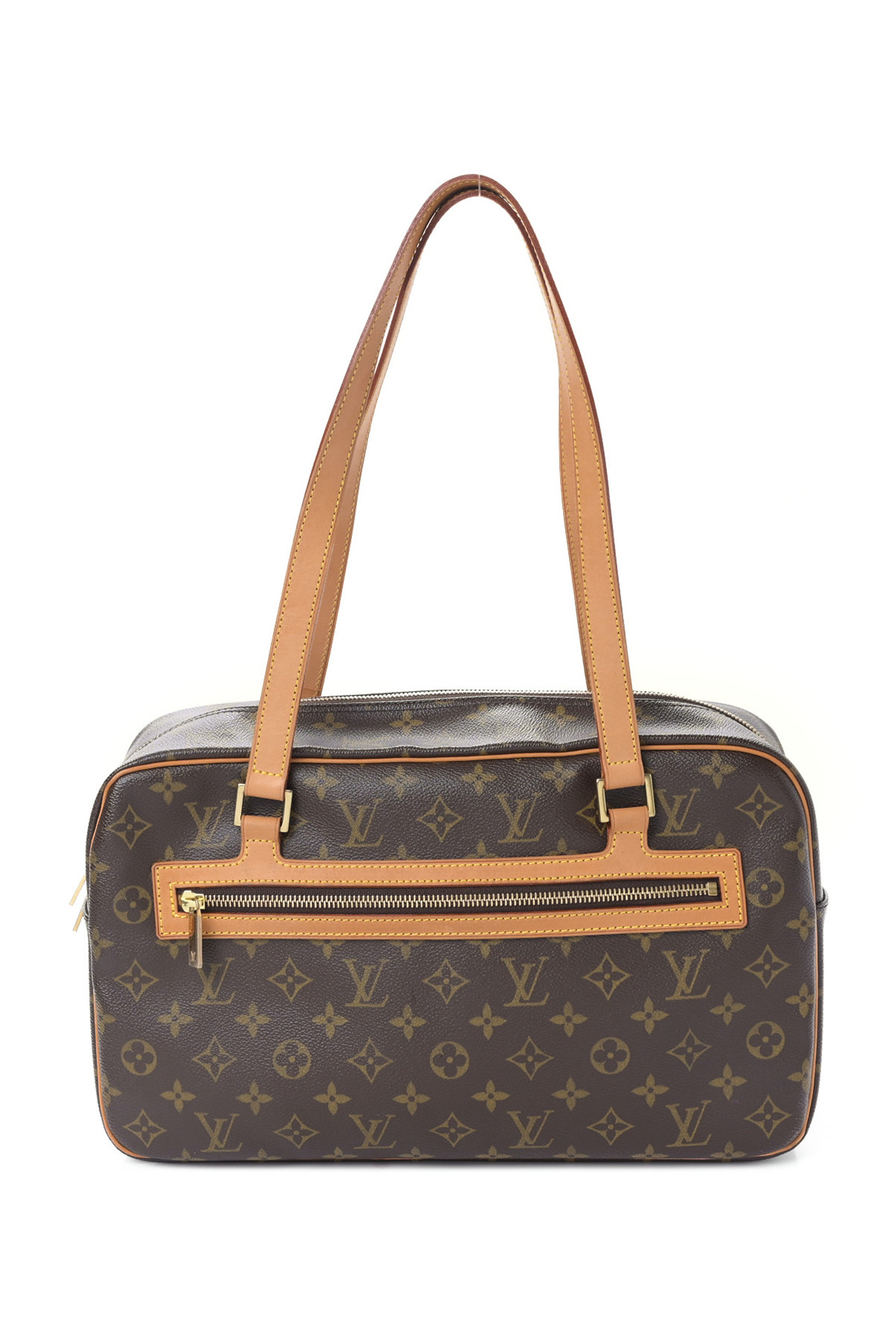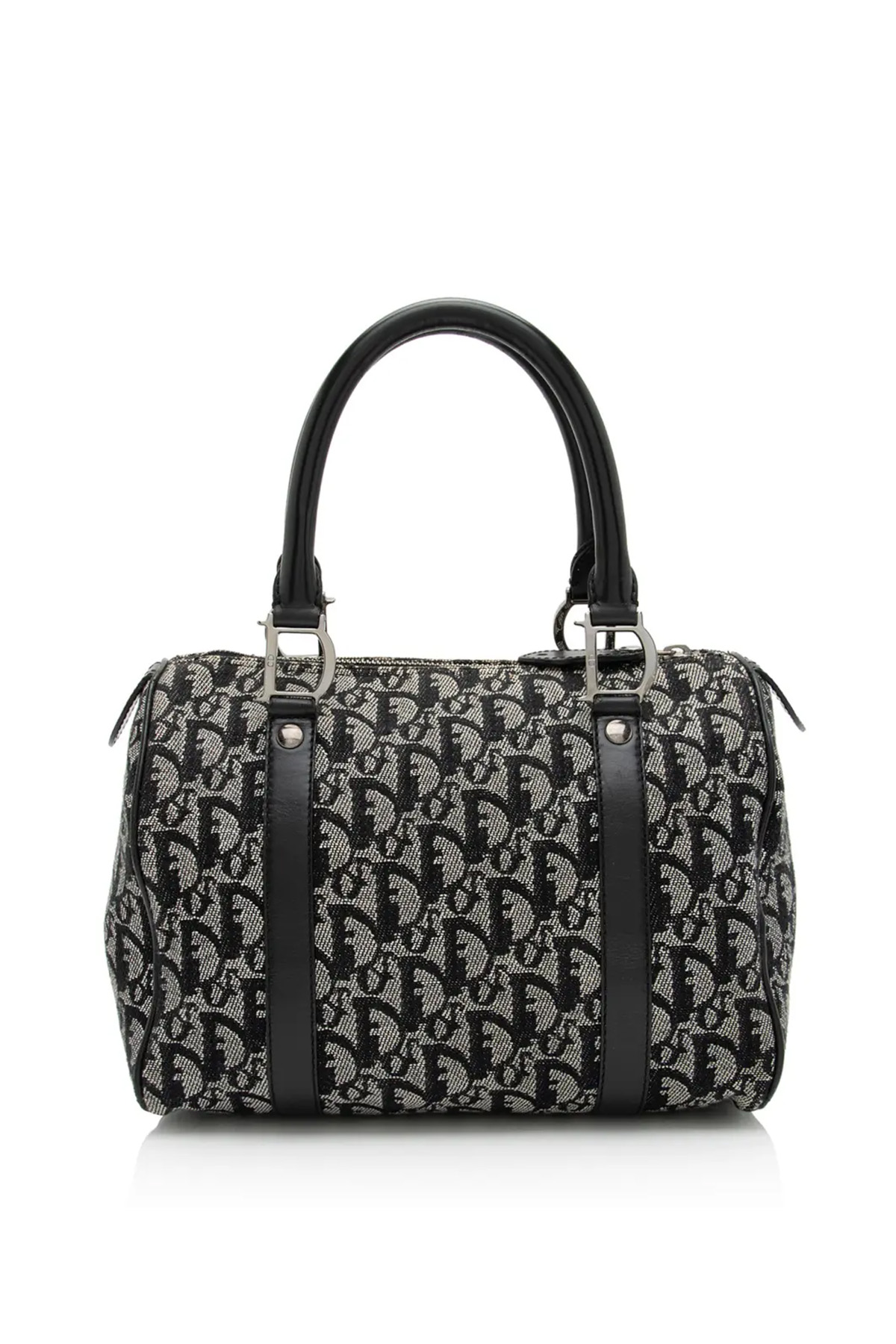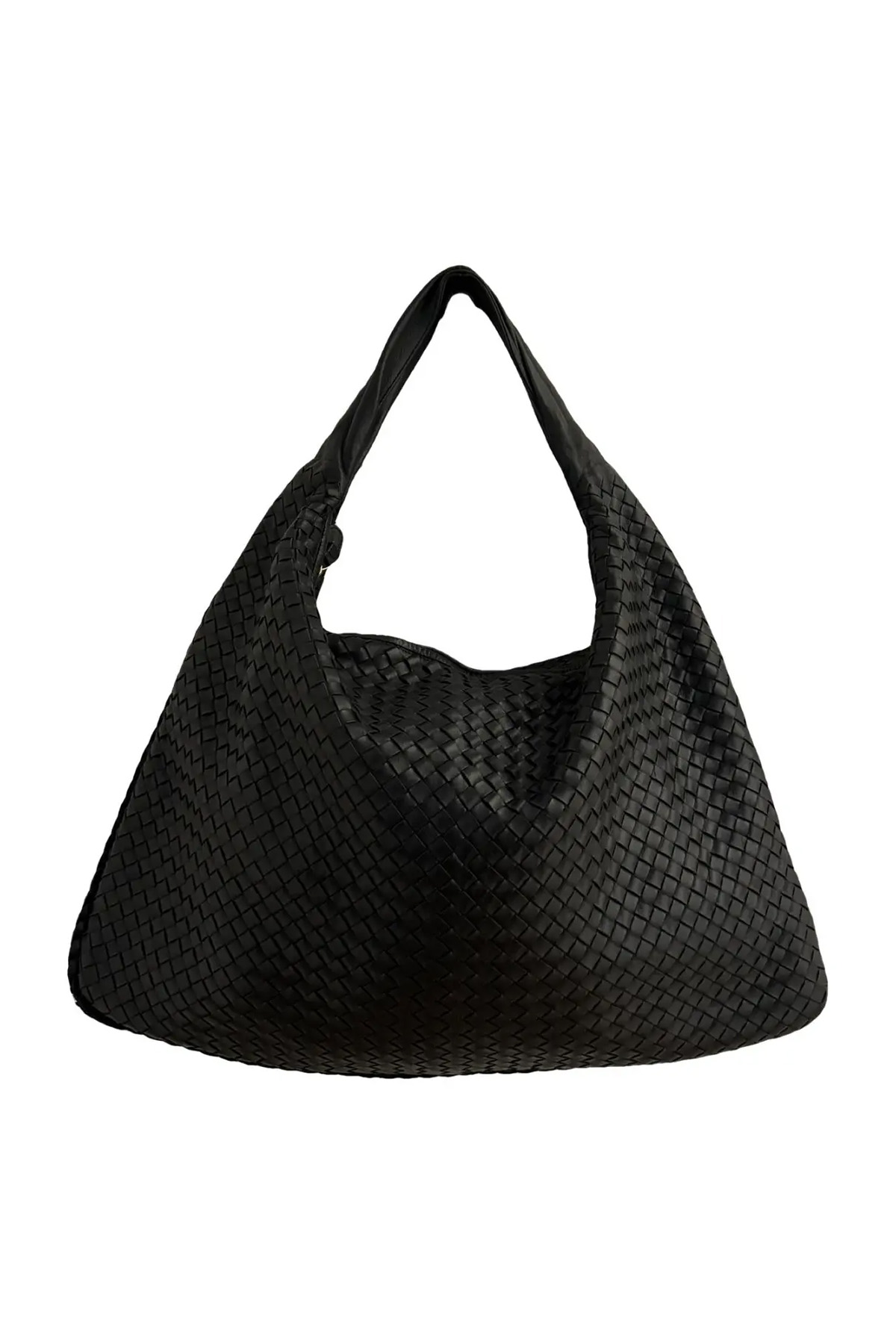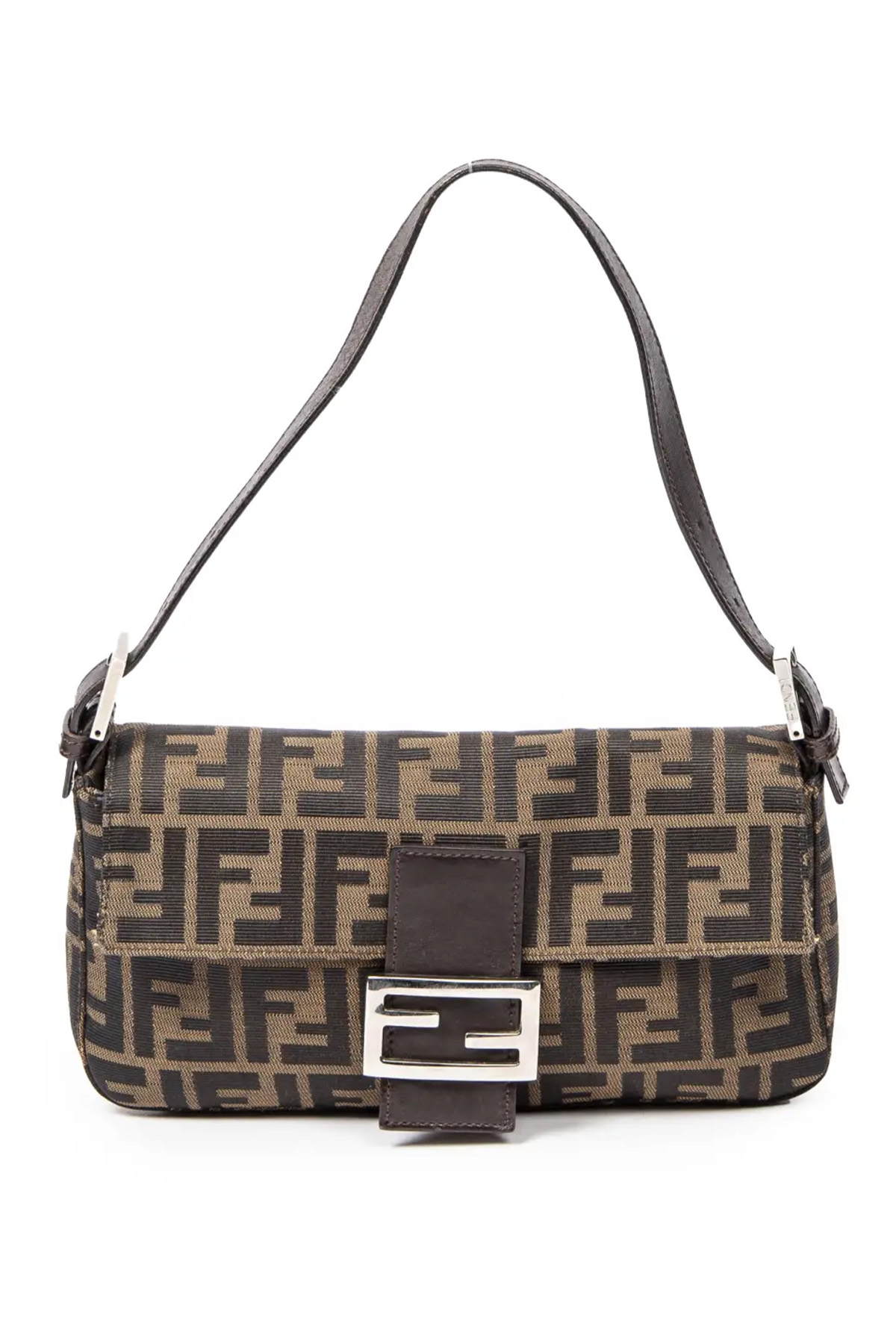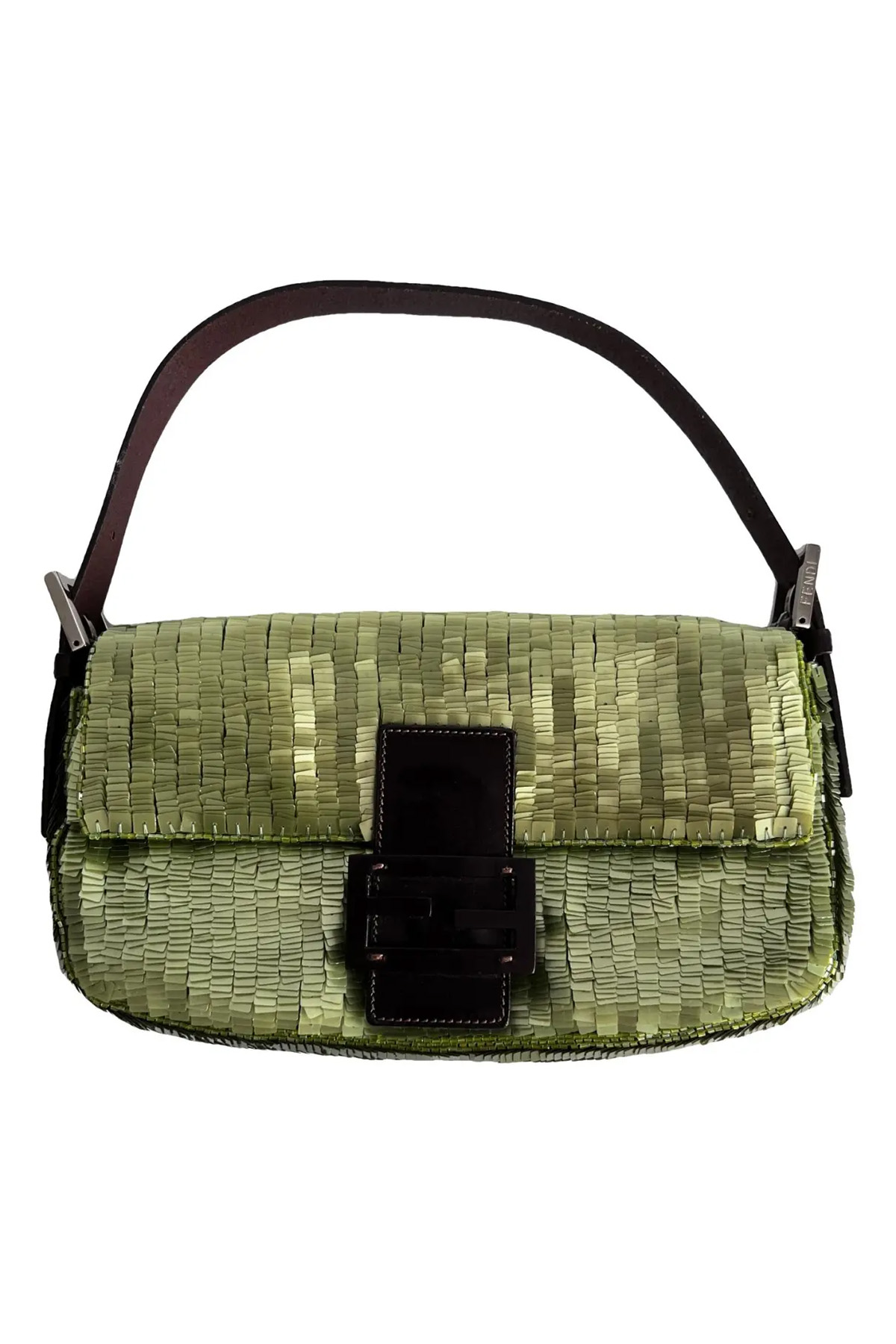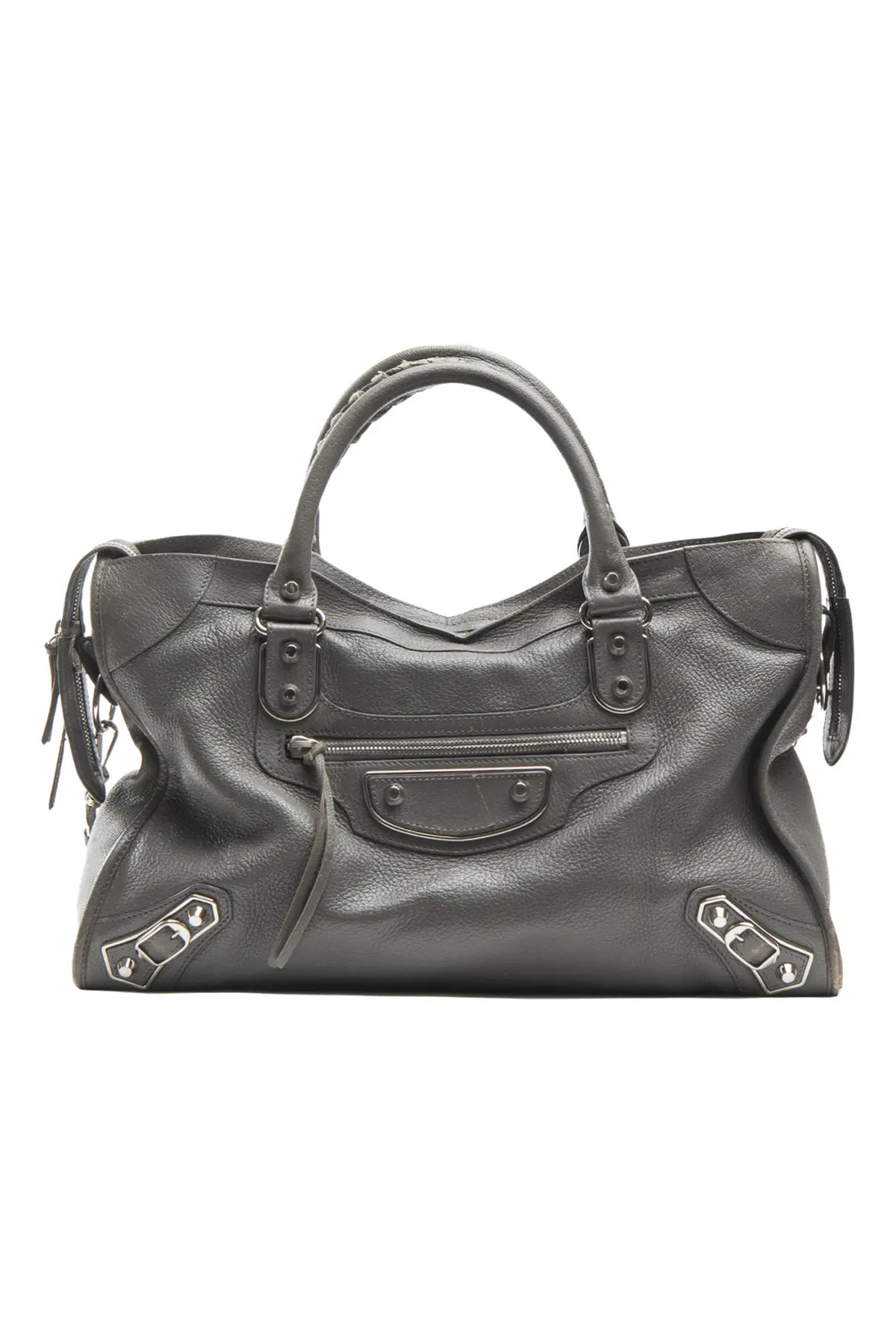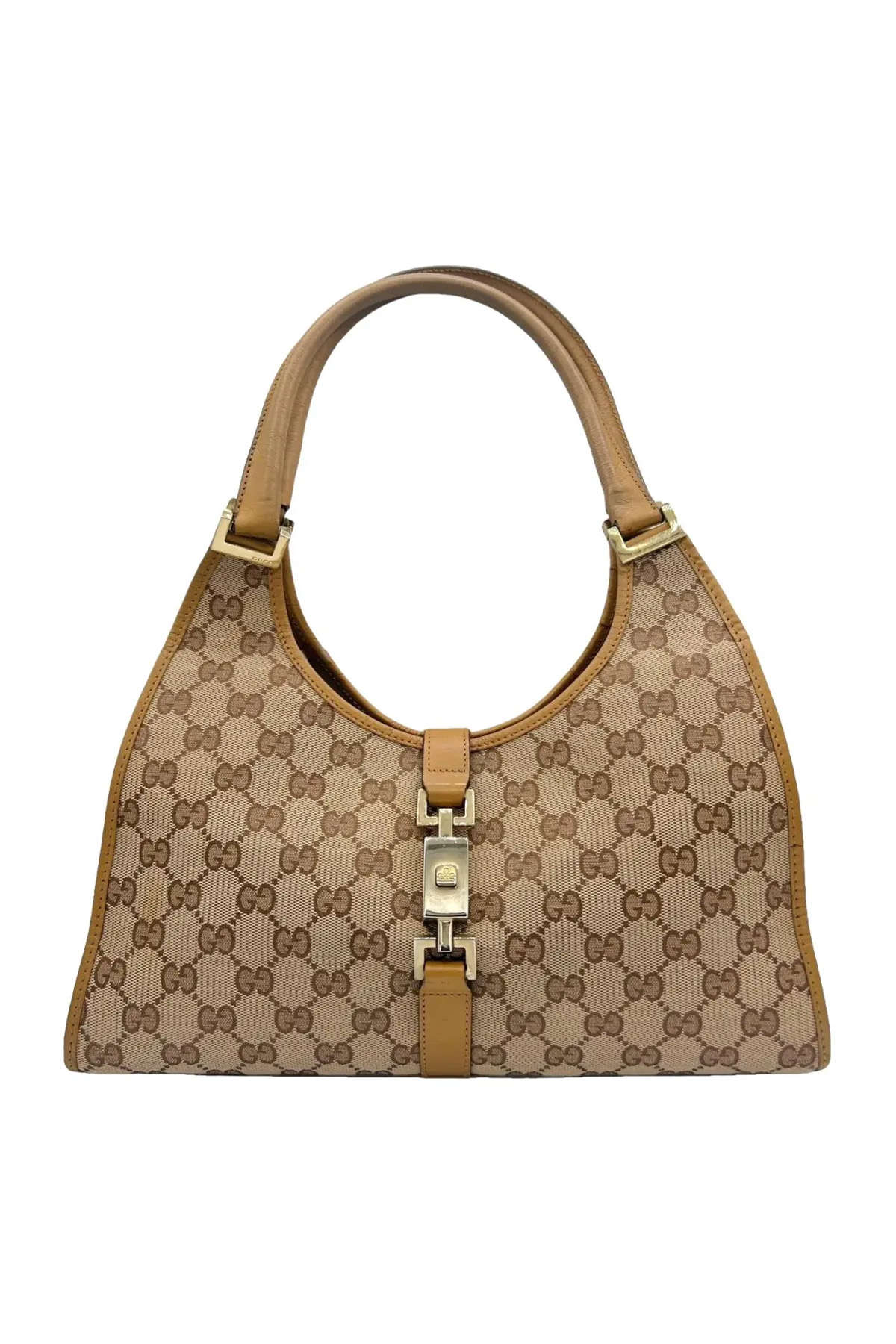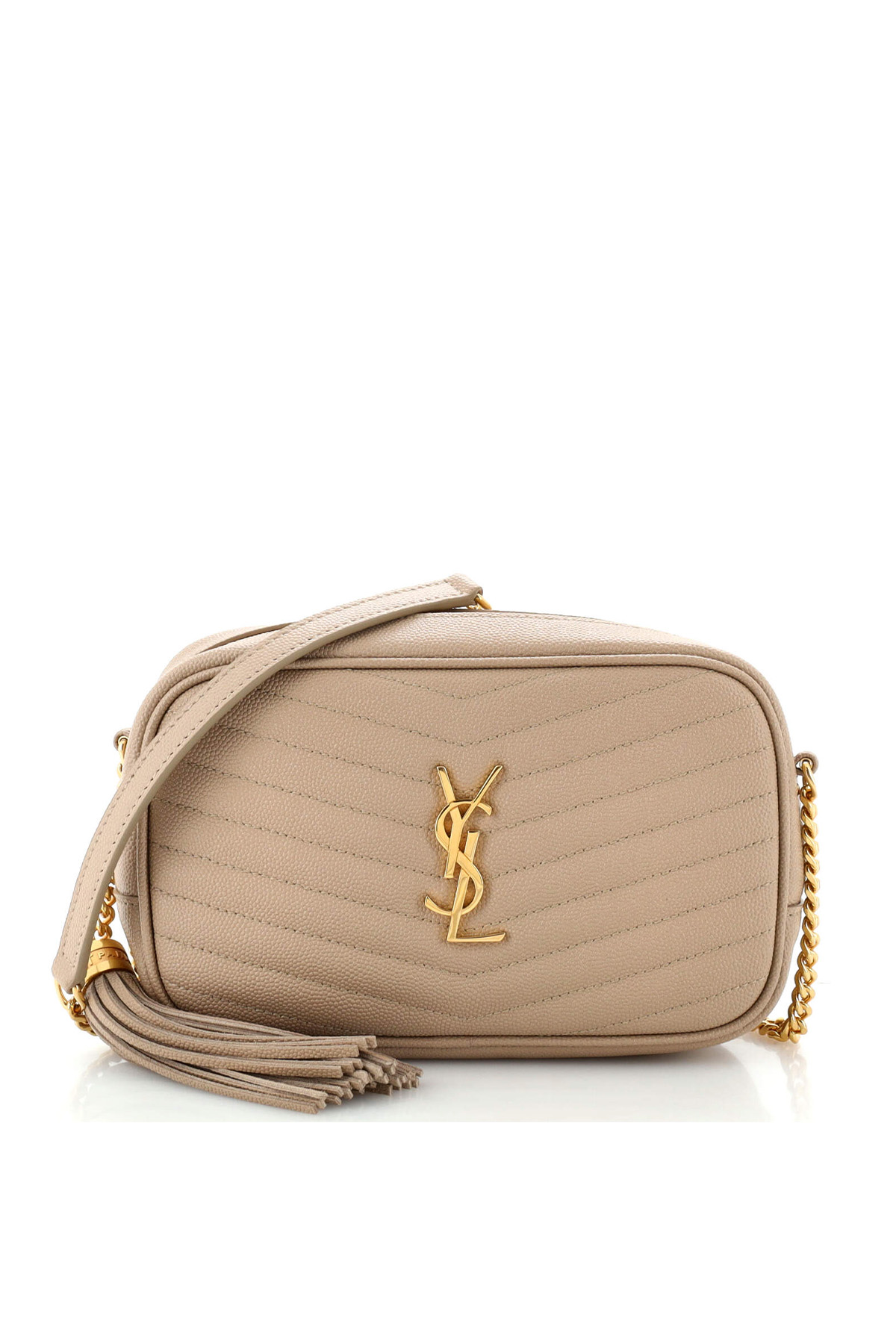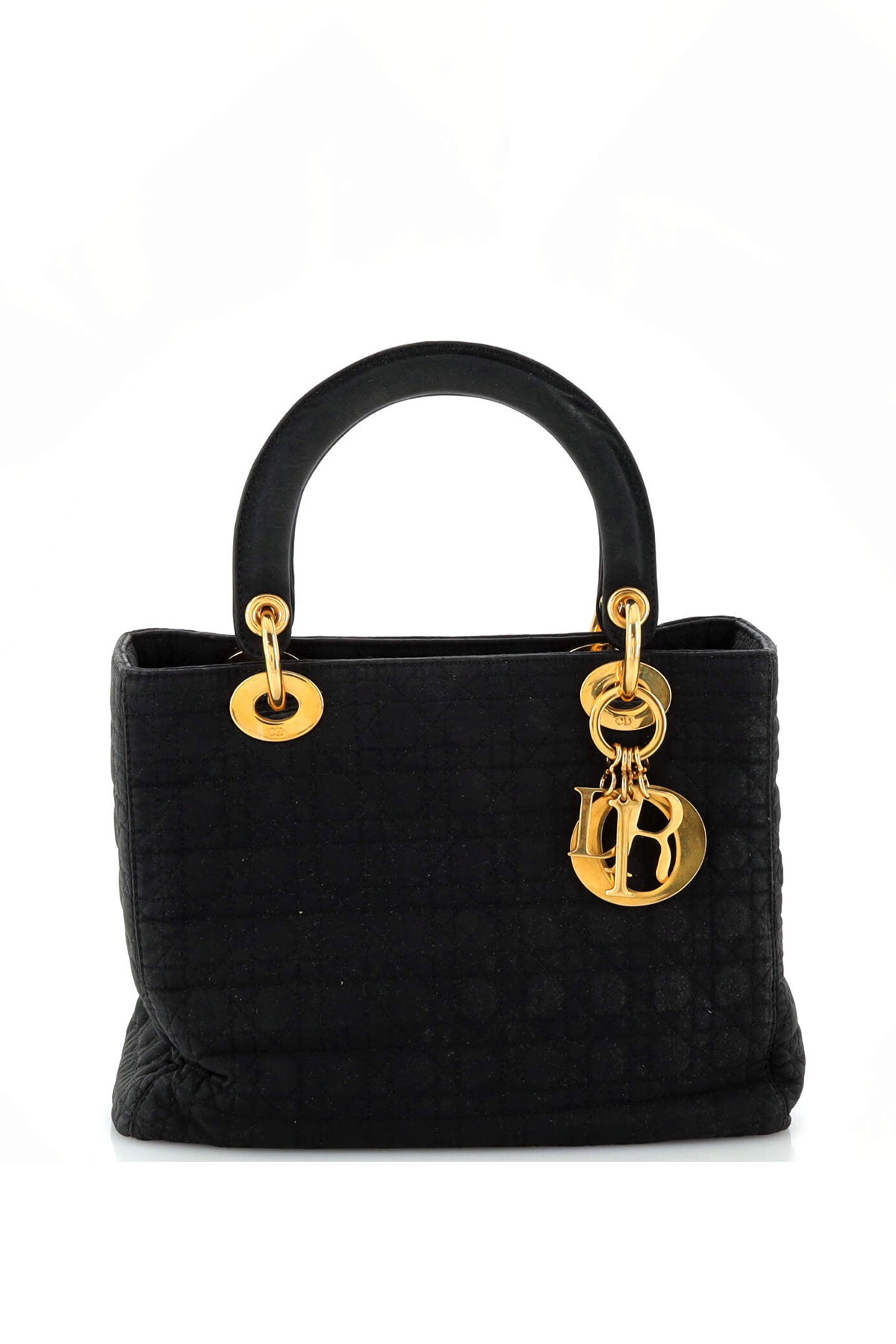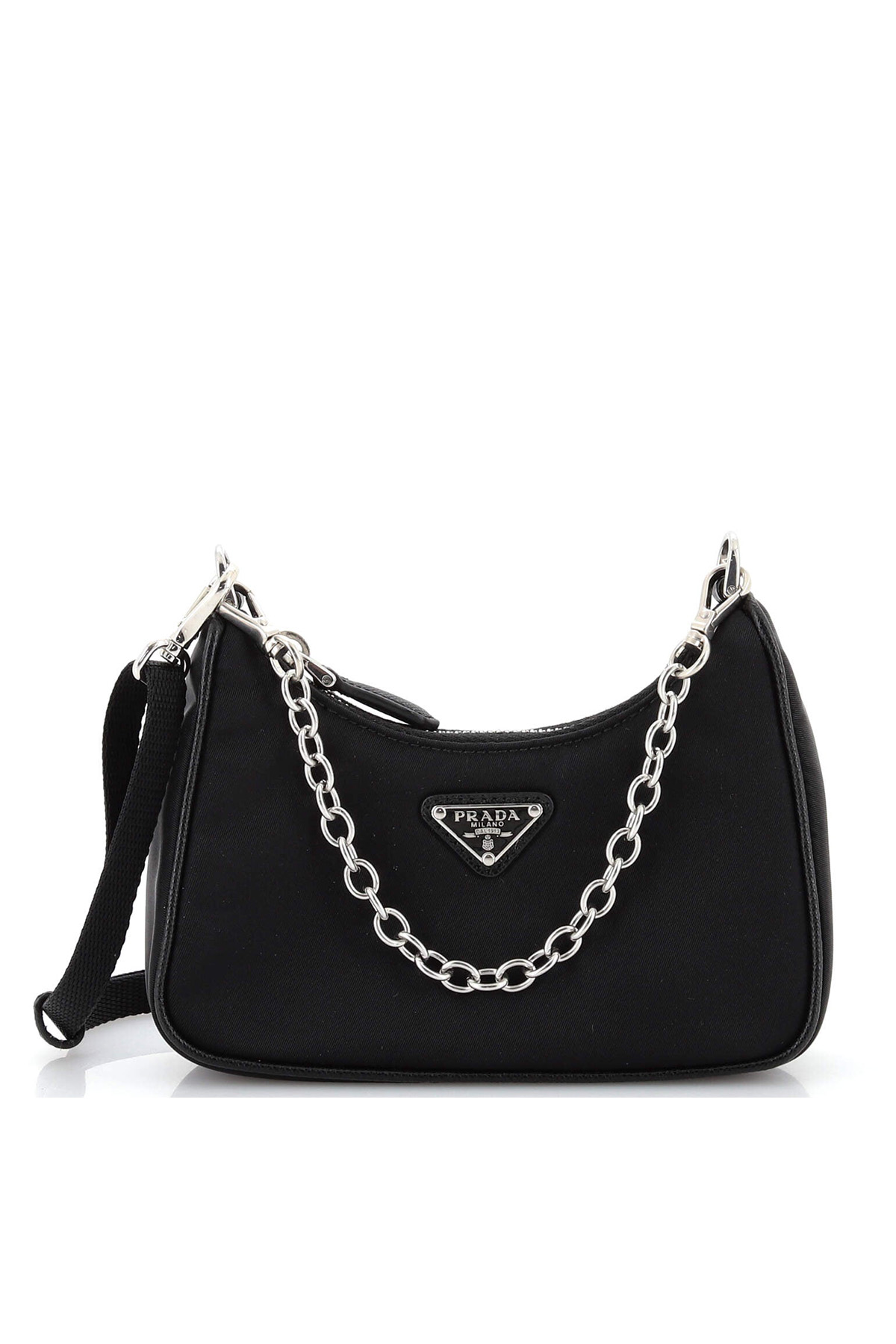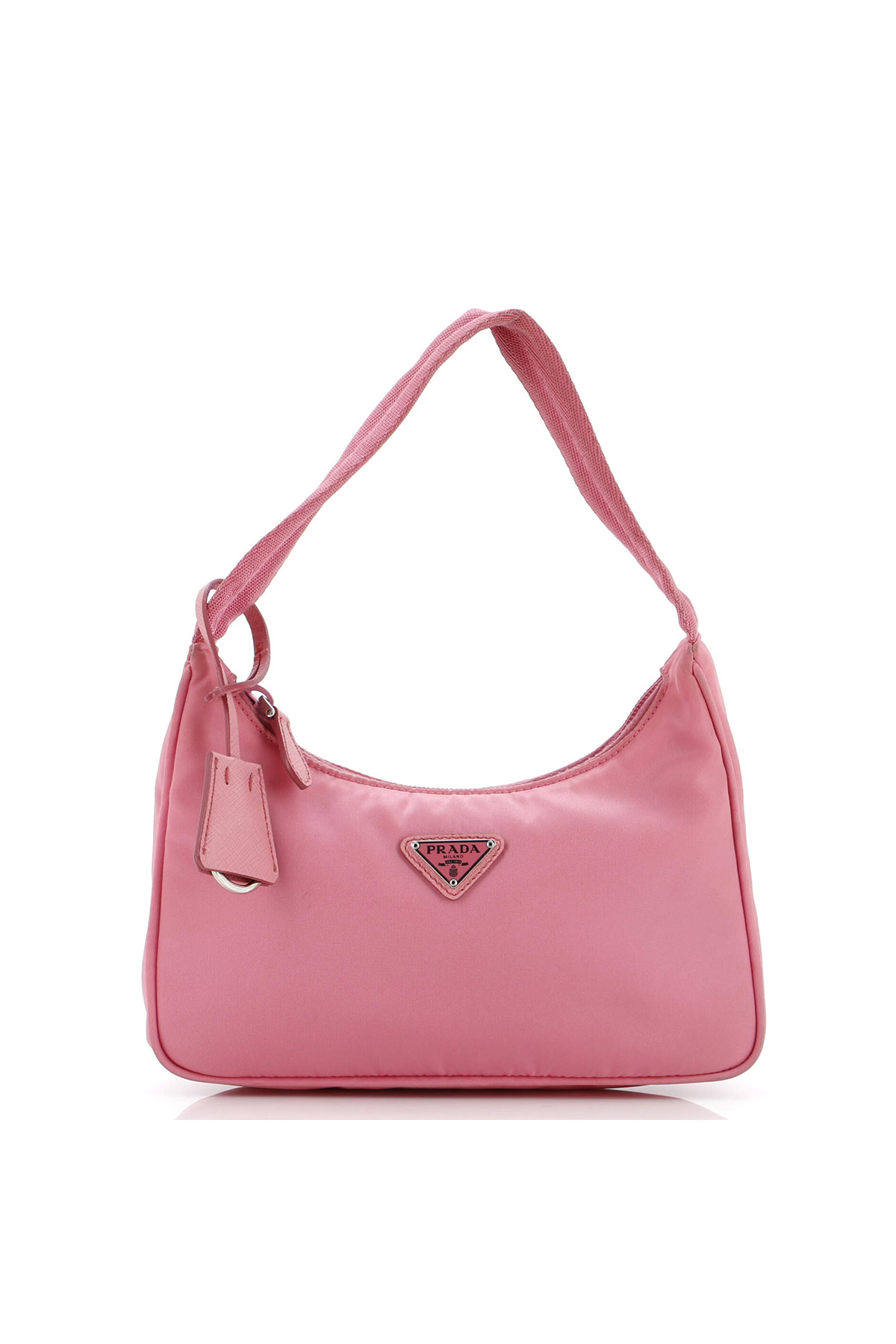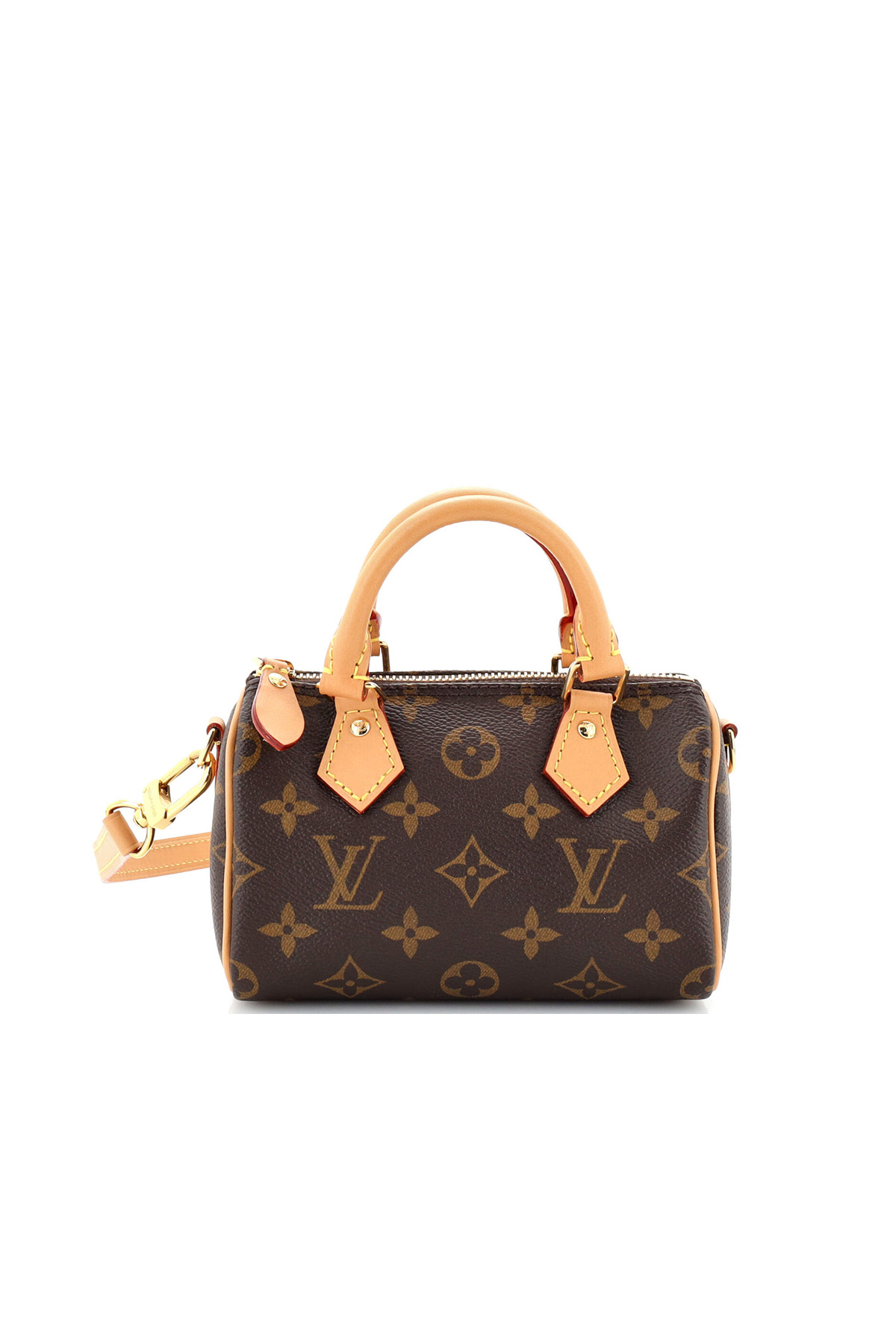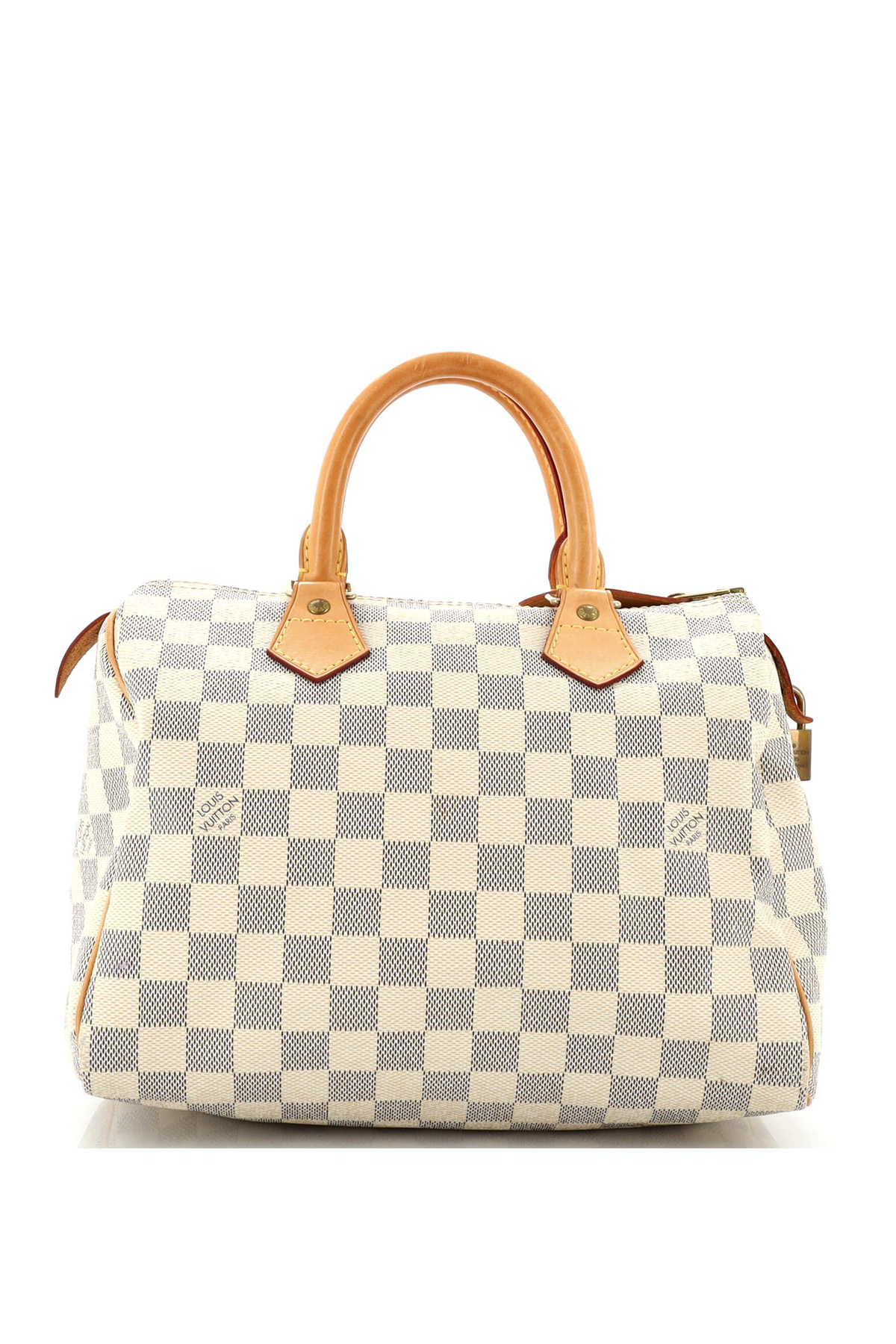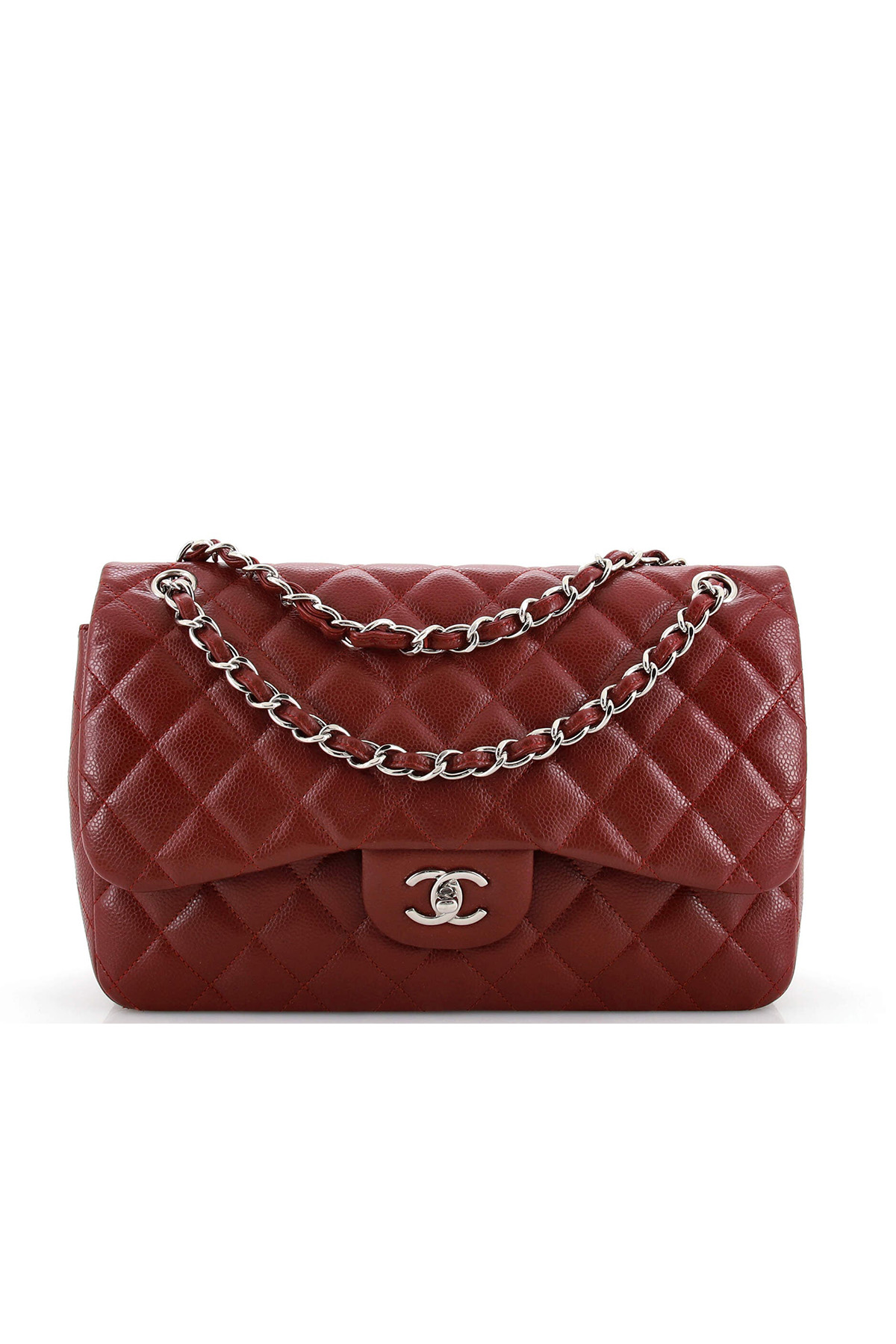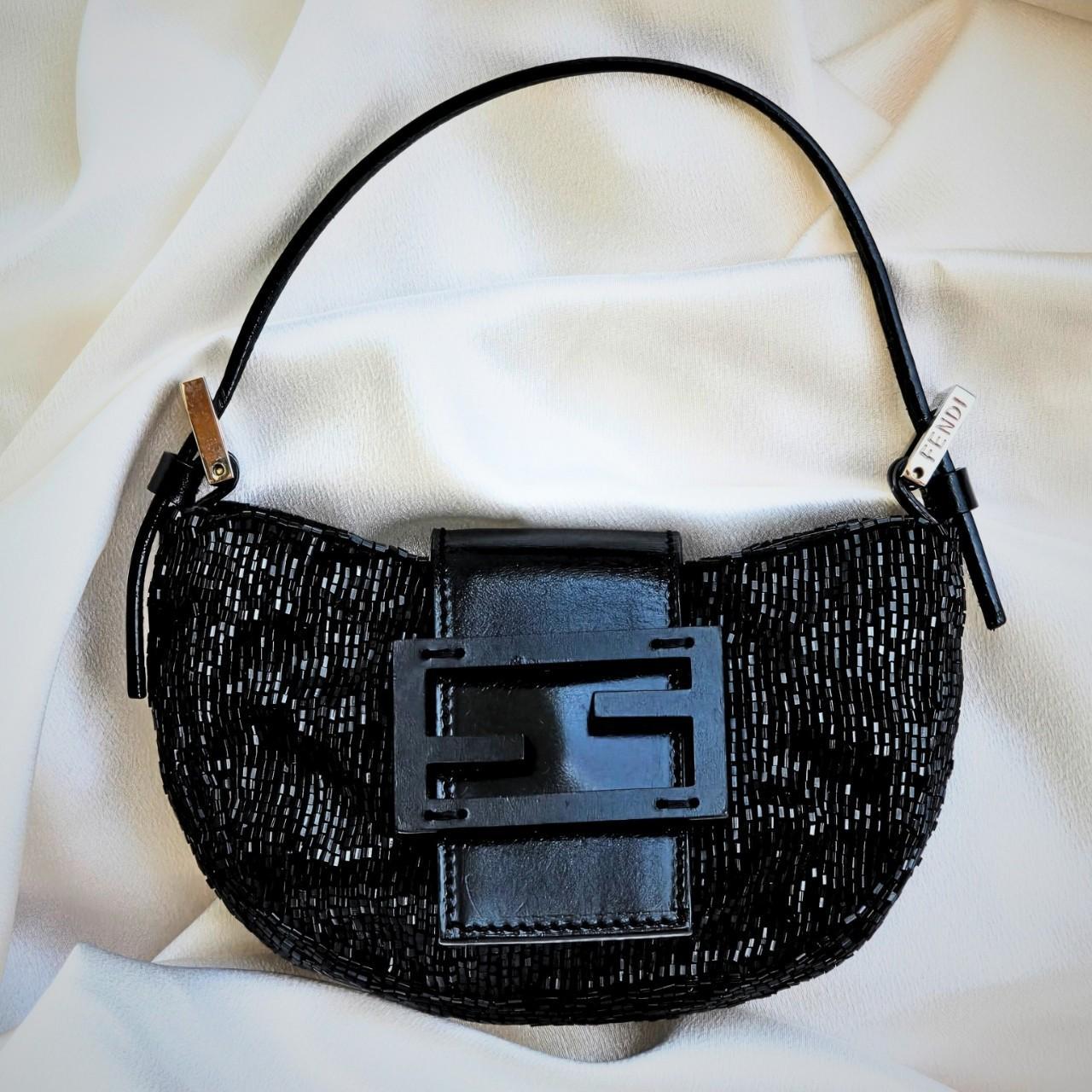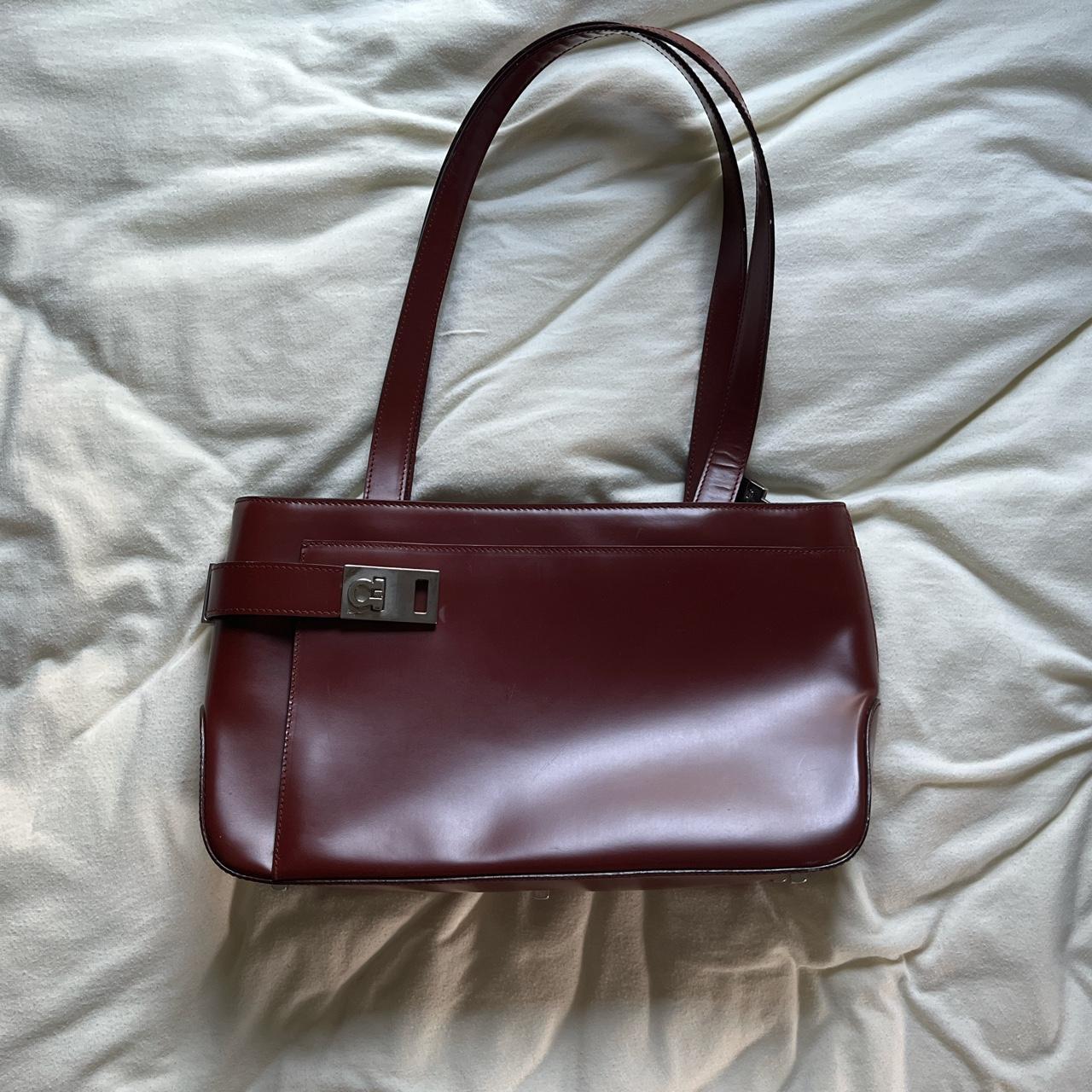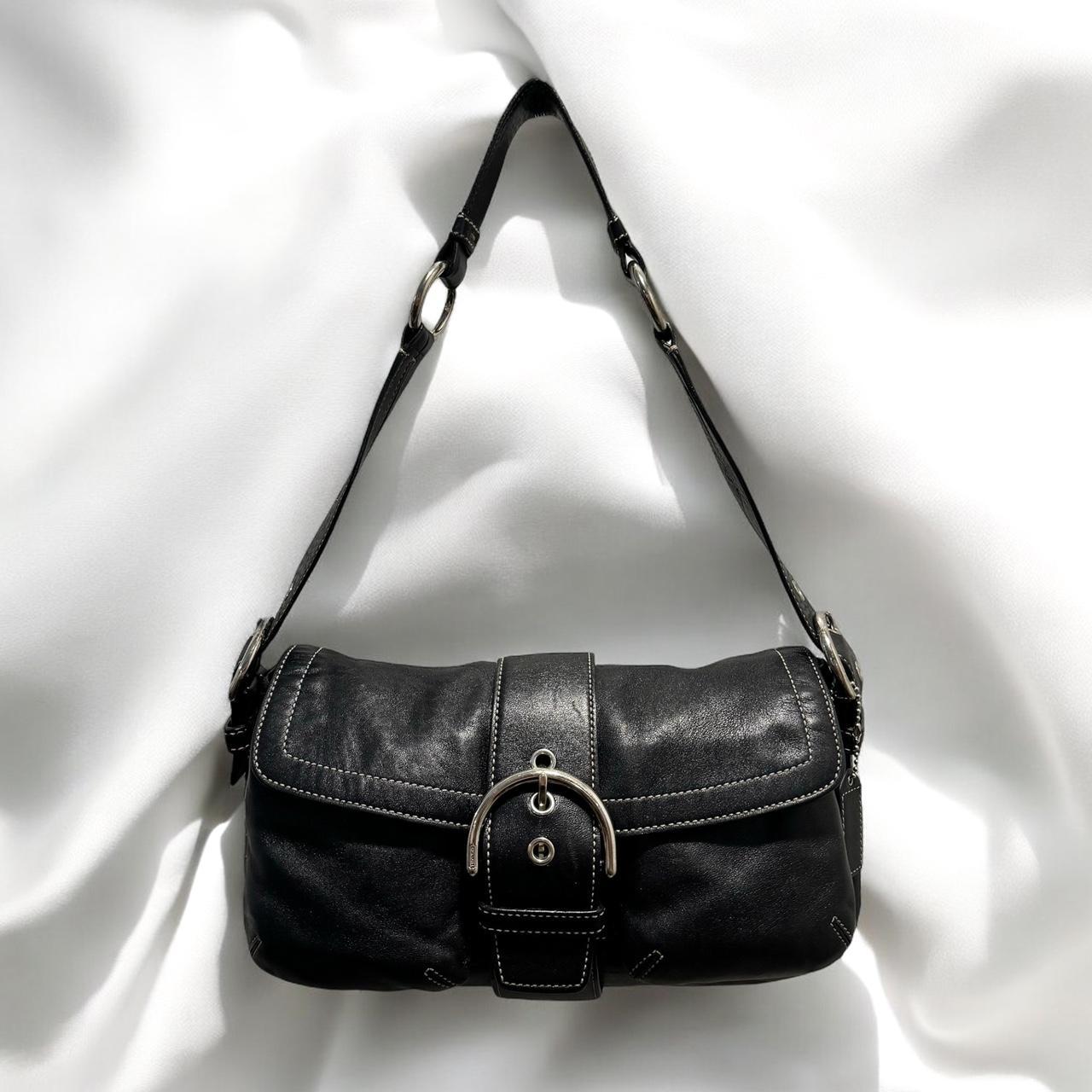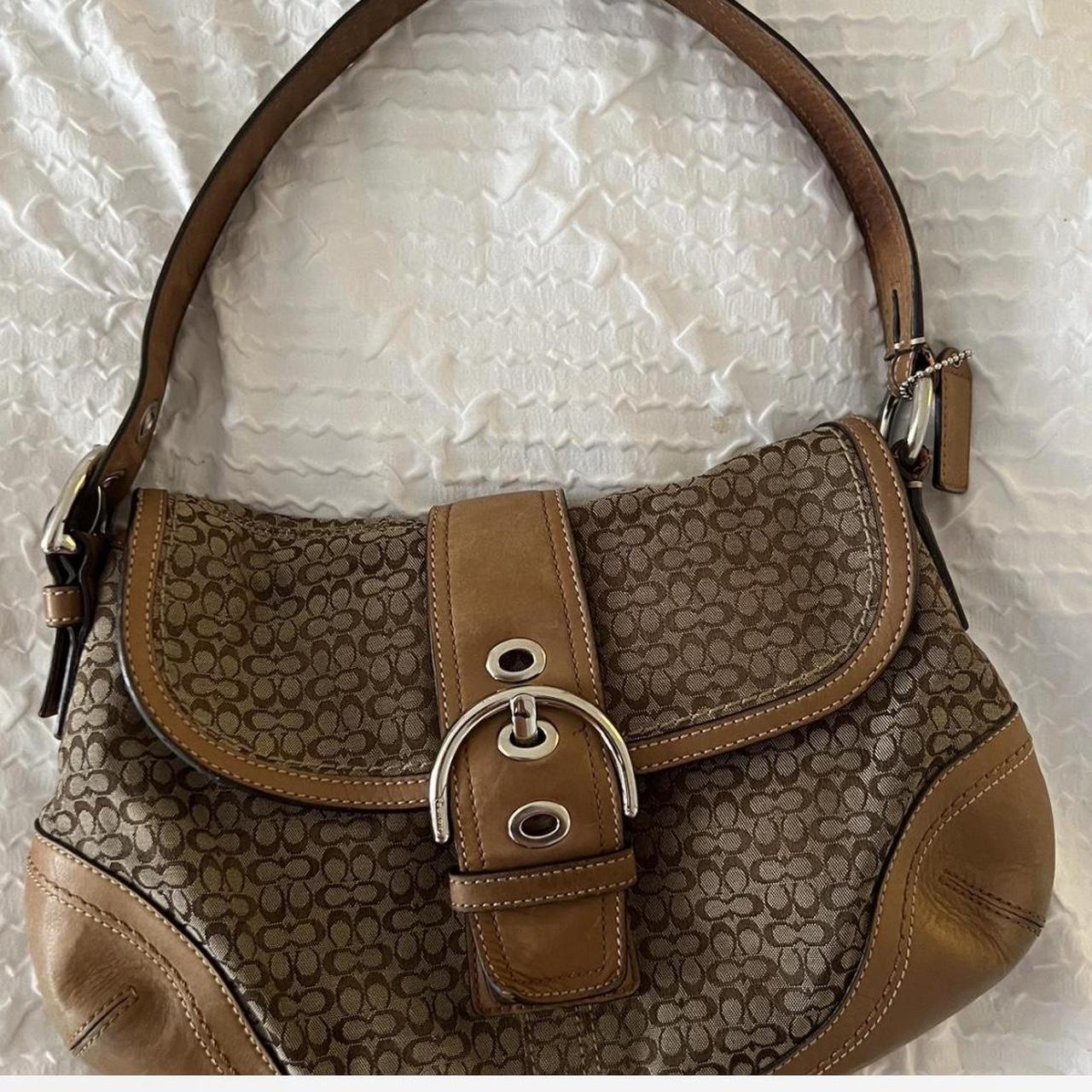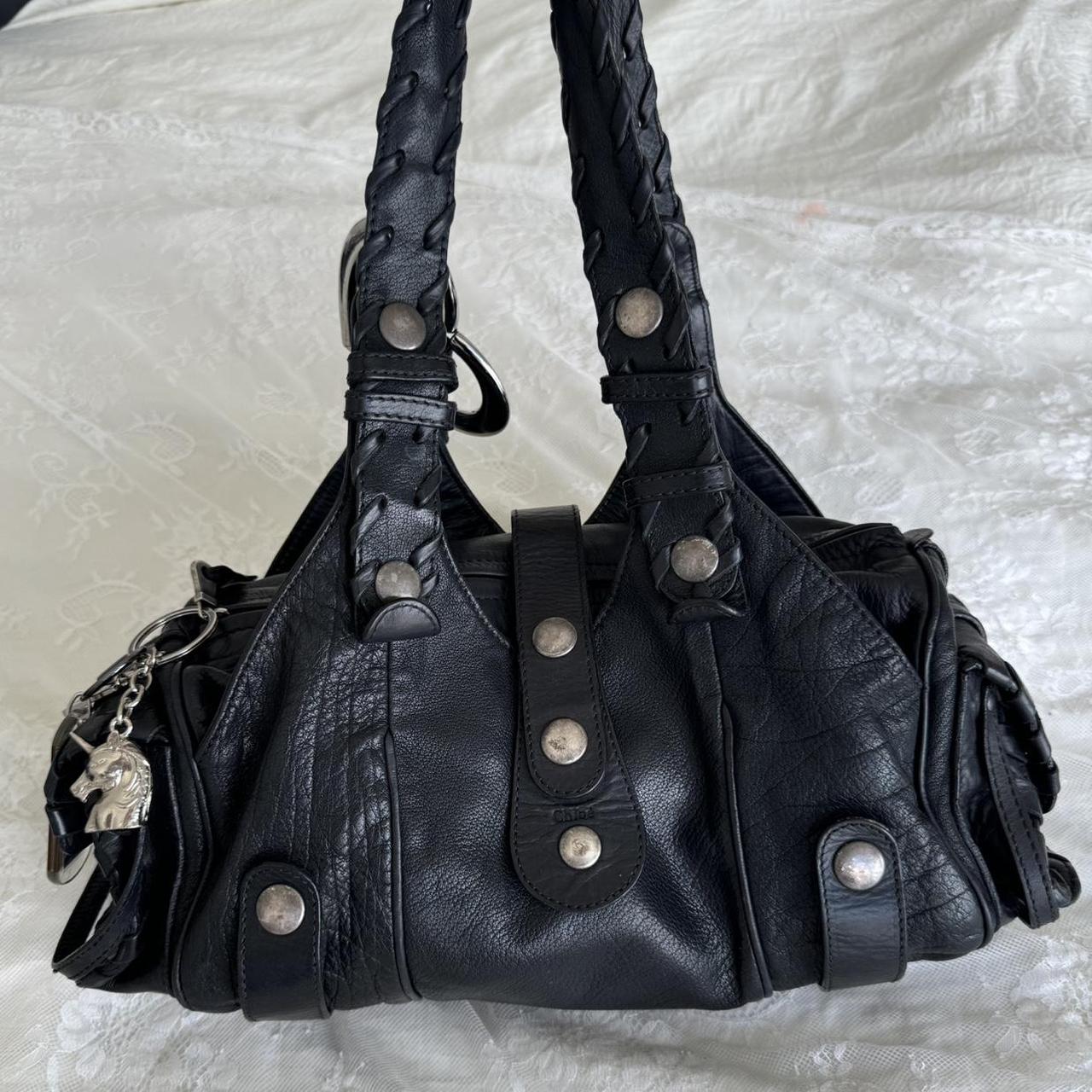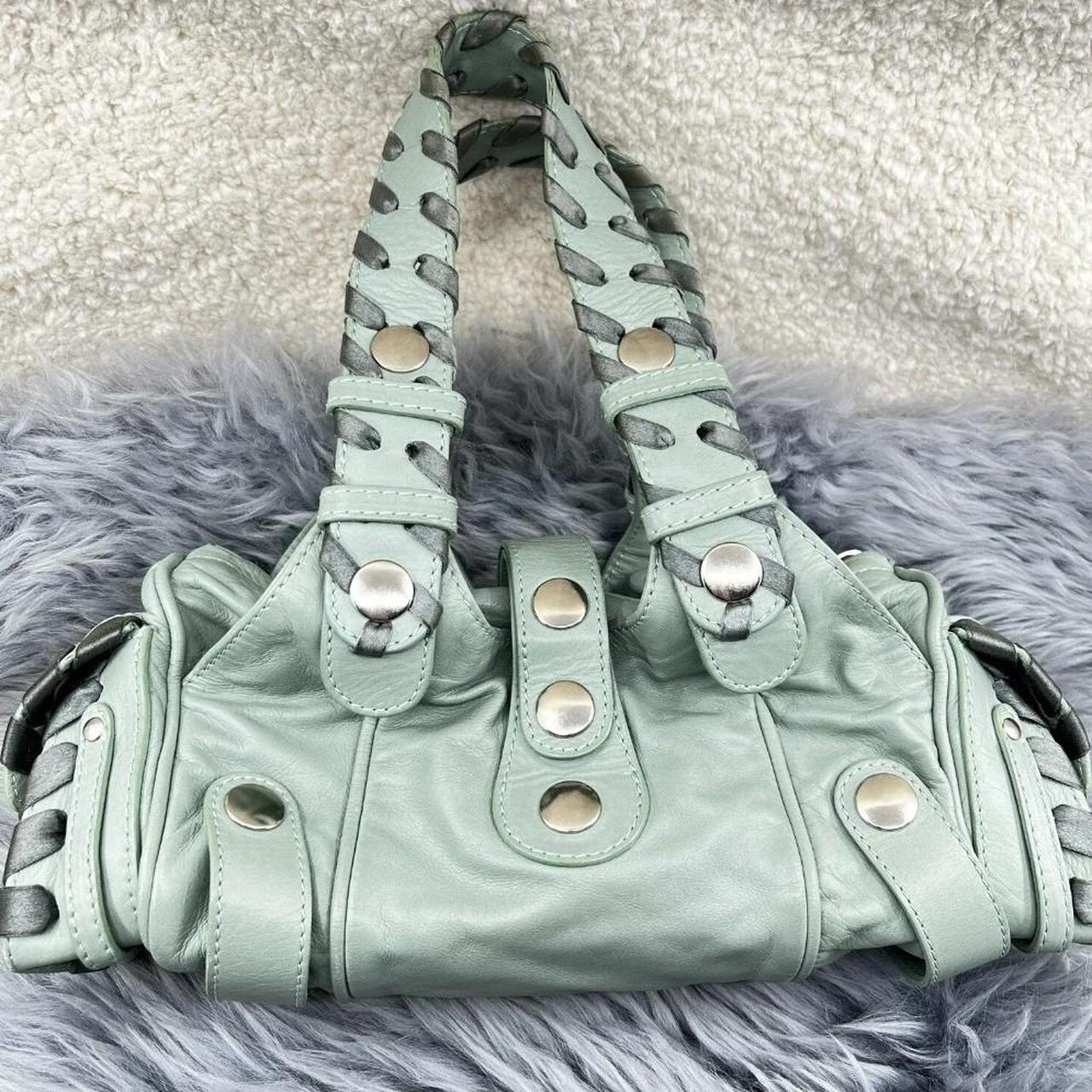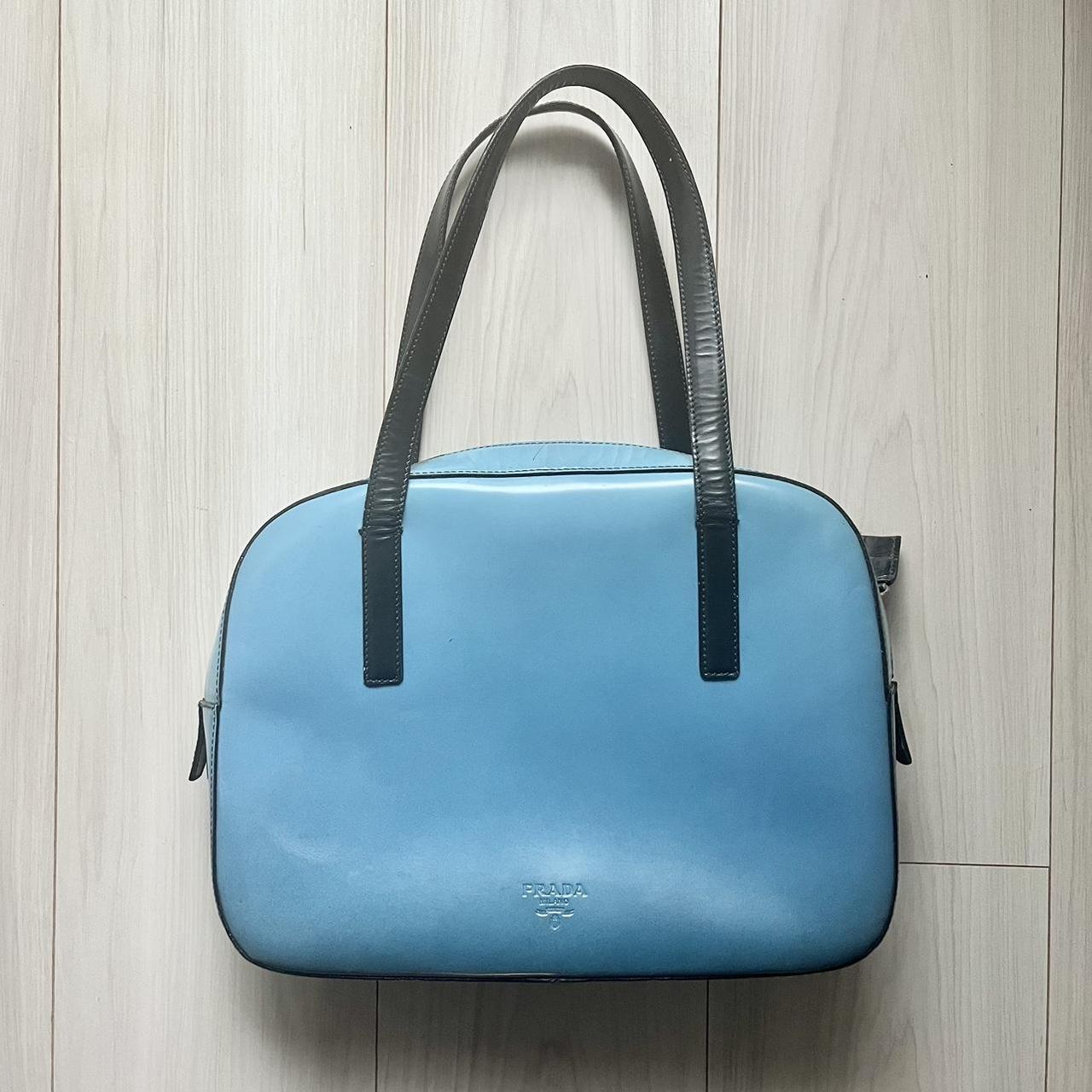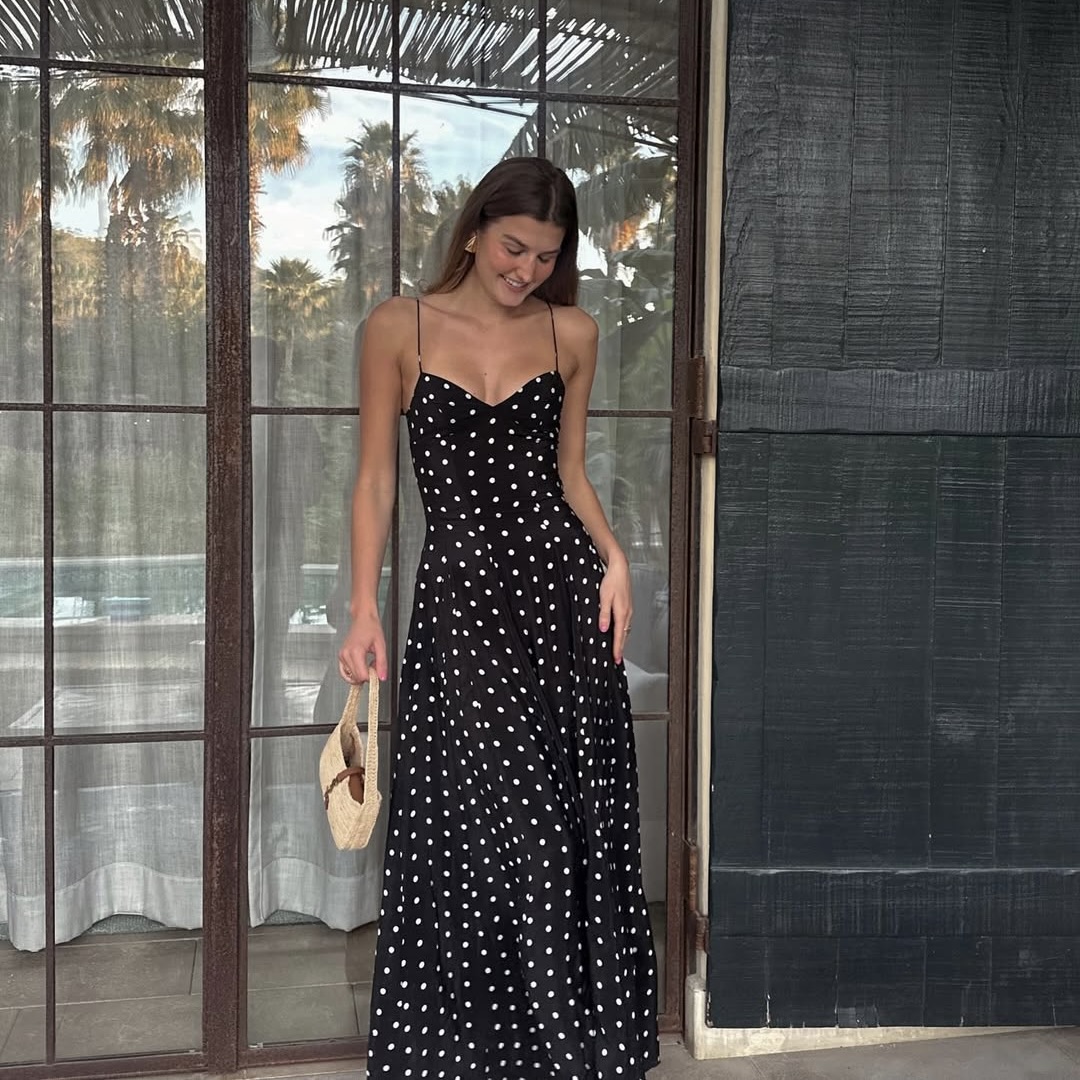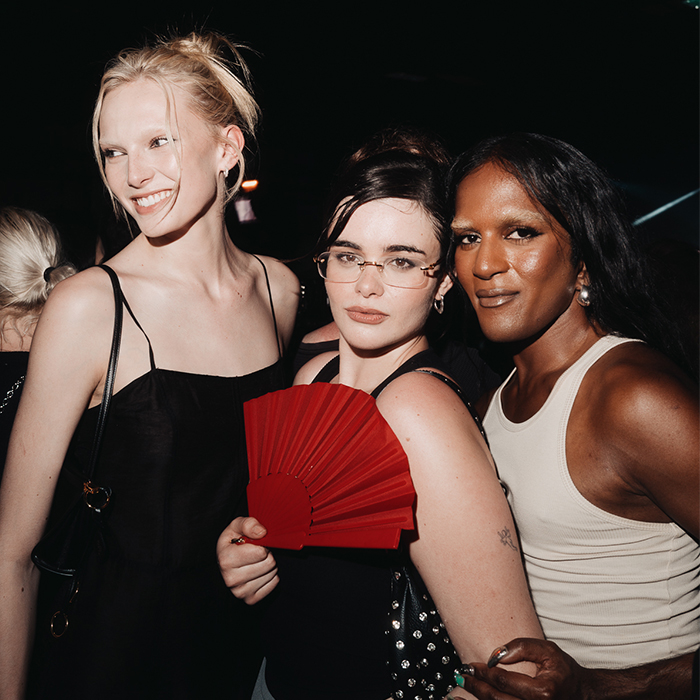The 8 Most Popular Vintage Handbags of All Time
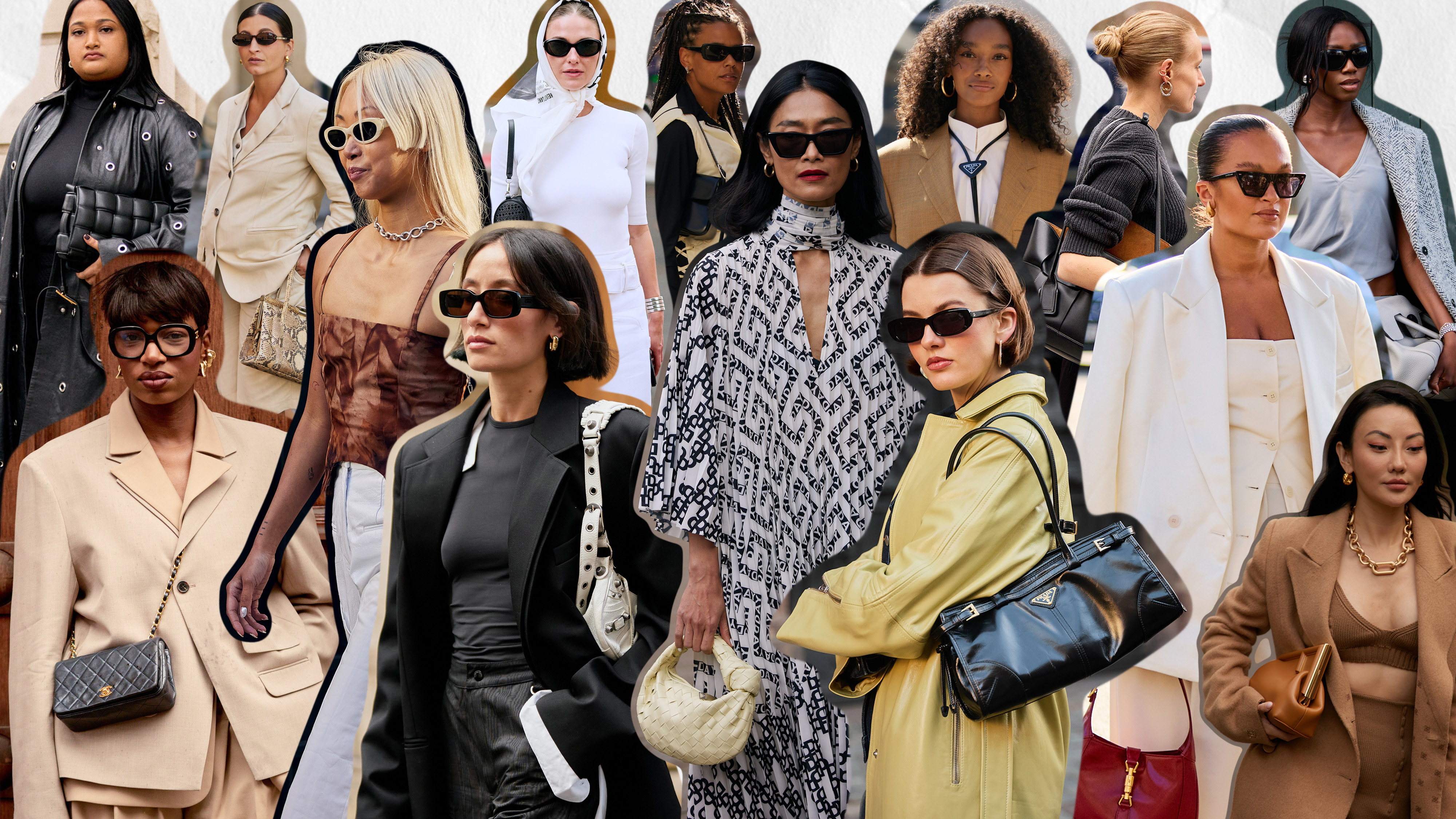
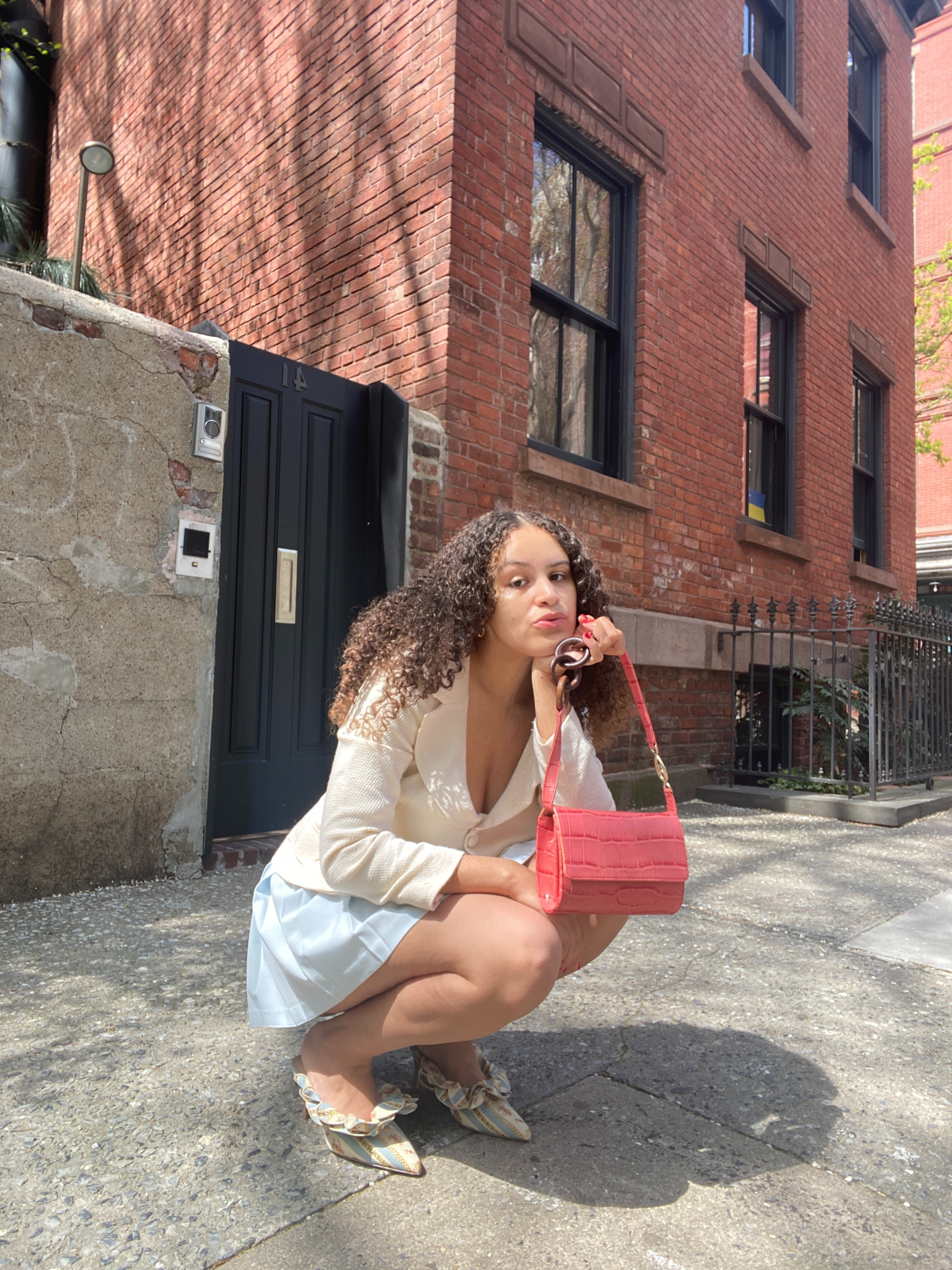
Luxury has always been defined as more of an "indulgence" than a necessity, even more so within the context of fashion. That said, our relationship with luxury fashion says much more about what our culture values collectively than one might think. For centuries, style has been a signifier of social status and a tool for social expression, a prime example of this being designer handbags. Like it or not, those cult-status bags have always said a great deal about our culture, or at least that's a commonly held belief by vintage experts. Although it seems like the most popular vintage bags are relics from the past, they're very much an integral part of the present, too.
That's no more apparent than with the boom of the secondhand luxury market in the last few years. In fact, it's reported that the value of the secondhand luxury goods market amounted to 1.8 billion dollars in 2022. The shift in shopping habits can largely be attributed to the proliferation of digital resale sites, such as Rebag, Fashionphile, Depop, Versatile Collective, and others. Without them, we wouldn't see many younger generations shifting their relationship with luxury. Therefore, it only makes sense that when trying to discern what vintage designer handbags are worth the investment, we'd reach out to the experts who started it all. Thankfully, they indulged us.
Ahead, you'll hear from four different vintage experts about how online shopping has shifted how we collectively define luxury fashion. Plus, they shared a bit about their careers, their shopping tips, and, most importantly, which specific purses have stood the test of time. After extensive chats with each expert, we can safely say that these are the eight most popular vintage designer handbags of all time.
Fashionphile
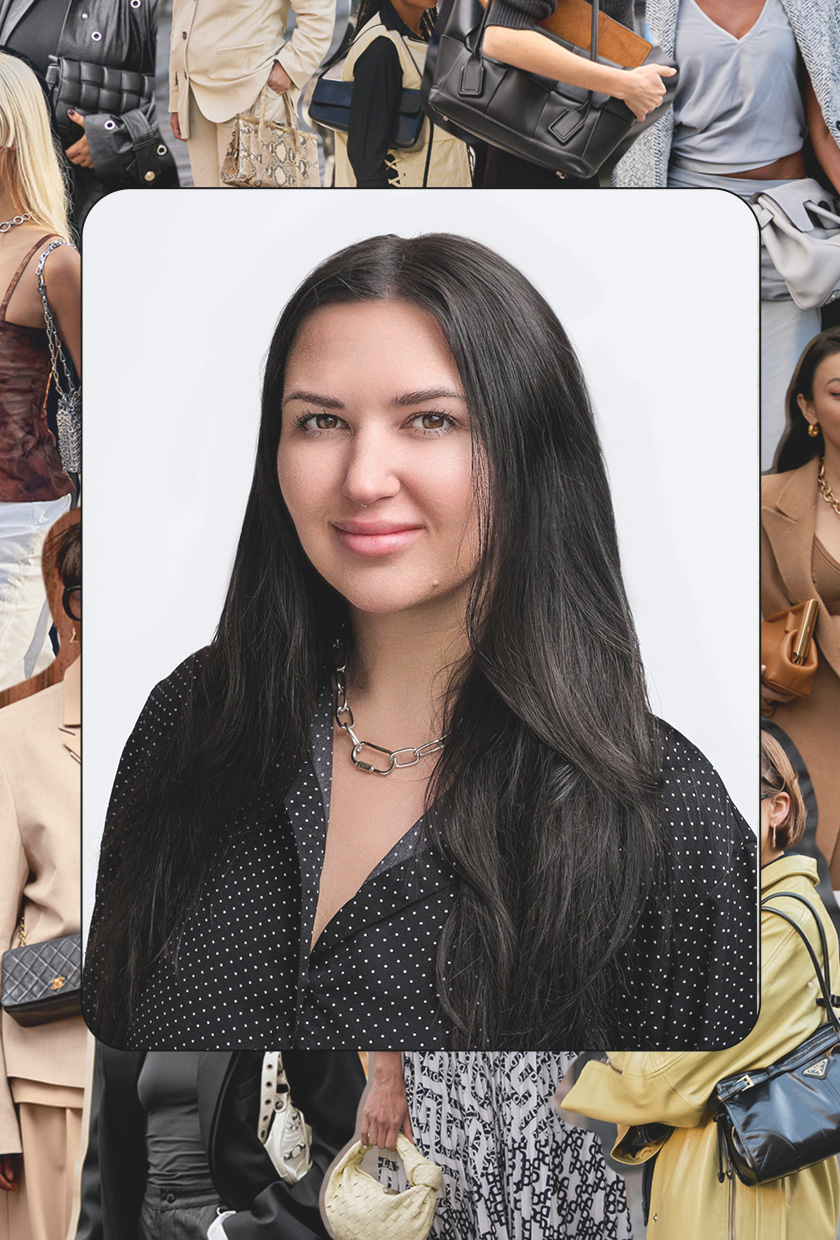
WHO: Landyn Tedrick, Site Merchandising Specialist at Fashionphile
For those who aren't familiar with your work, how did you become a vintage expert? How has working at Fashionphile changed how you view the luxury resale market?
My journey into vintage fashion began at the Fashion Institute of Design & Merchandising, where I immersed myself in studying fashion history and design. My passion for vintage deepened when I became a personal shopper and buyer five years ago. Working at Fashionphile has profoundly transformed my perspective on the luxury resale market. Initially, I viewed it as a niche segment catering to a select group of enthusiasts. However, my experience here has shown me that the resale market is a dynamic, growing industry that plays a crucial role in sustainability. I've seen firsthand how the market makes luxury more accessible, allowing a wider audience to enjoy high-end fashion. It also promotes a circular economy, where preowned items are given new life and appreciated for their enduring value.
As someone who is well-versed in the market, what’s one of the biggest misconceptions you think people have about vintage designer bags? What do you wish more people knew about the luxury resale market?
I wish more people knew that the luxury resale market is not just about finding deals; it's about sustainability, accessibility, and preserving fashion history. Often, one of the biggest misconceptions about vintage designer bags is that they are "outdated" and less desirable than new collections. In reality, vintage bags often represent the pinnacle of craftsmanship and design from their respective eras. These pieces have stood the test of time, both in terms of quality and style. Plus, vintage bags often feature unique designs and superior materials that are hard to find in contemporary collections. Purchasing from the resale market is an eco-friendly choice that supports a circular economy, reducing waste and the demand for new production. It also allows consumers to access high-end fashion at more accessible prices, opening up opportunities to own pieces they might not otherwise afford.
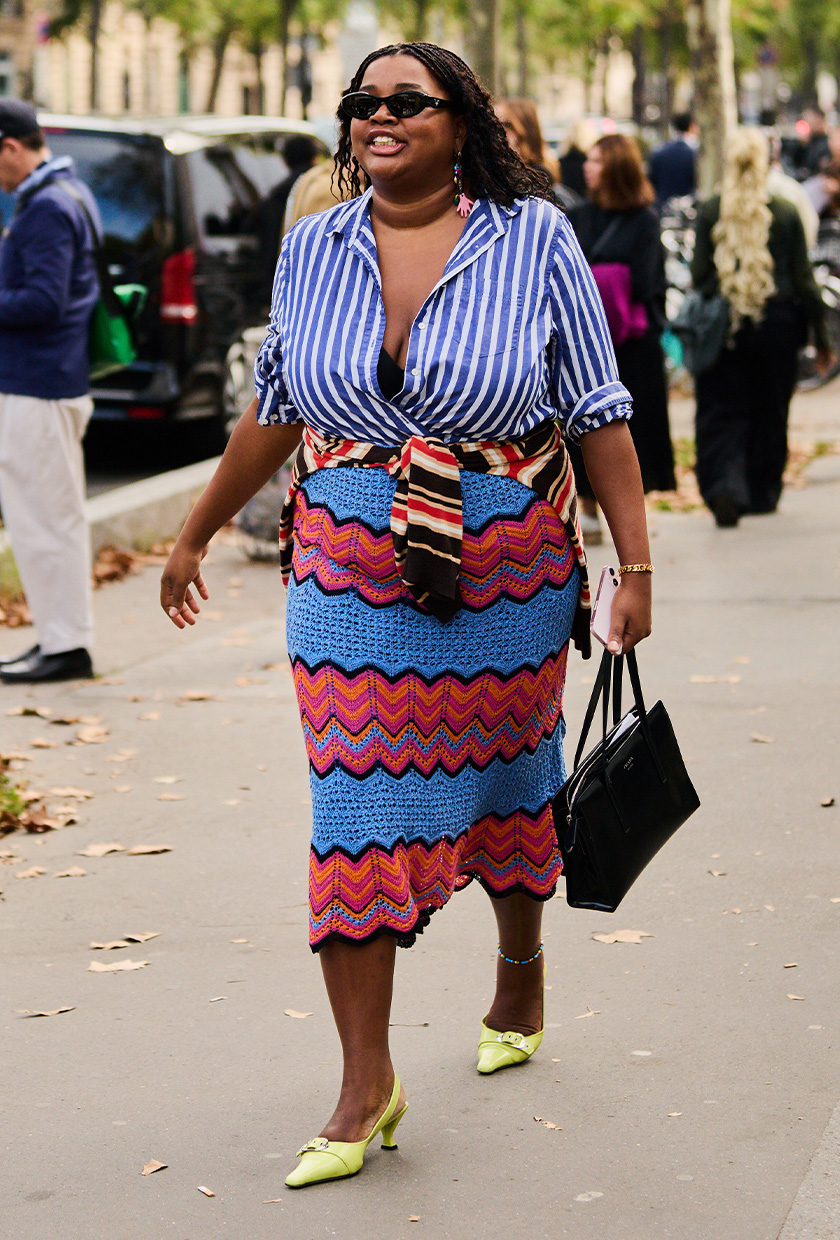
On a deeper psychological level, designer bags have always been a status symbol. But I'm curious if you've noticed a shift in the collective obsession with buying brand-new things. Would you say that platforms like Fashionphile have transformed how we collectively see vintage designer goods?
Absolutely, there has been a significant shift in how people perceive and value vintage designer goods. Traditionally, owning a brand-new designer bag was considered the ultimate status symbol of wealth and modernity. However, there is a growing appreciation for vintage pieces' uniqueness, history, and sustainability. This shift reflects a broader change in consumer values, as the idea that preowned items are somehow less valuable is being replaced by an understanding that vintage pieces can be just as, if not more, desirable due to their rarity and the stories they carry. We've also seen platforms like Fashionphile play an instrumental part in this transformation. Through rigorous authentication processes, high-quality product offerings, and transparent business practices, we've helped elevate the status of vintage items, allowing shoppers to purchase vintage designer bags confidently.
One interesting aspect of the current state of fashion is that younger generations are far more excited about shopping vintage. Have you noticed a spike in this regard? If so, are there any specific vintage trends that you find have taken off with Gen Z?
Yes, at Fashionphile, we've seen an increase in the number of younger customers, particularly Gen Z, seeking out vintage designer bags and accessories. Several specific vintage trends have taken off with younger generations, most notably the resurgence of '90s and early '00s fashion. Items like Fendi Baguettes, Dior Saddle Bags, and Prada Nylon Bags have become highly coveted. These pieces offer a nostalgic nod to past fashion eras while allowing young consumers to stand out with distinctive, iconic styles.
Given your expertise in the vintage market, which vintage bags are the most popular of all time?
I'd say these bags are the most popular…
Dior Saddle Bag
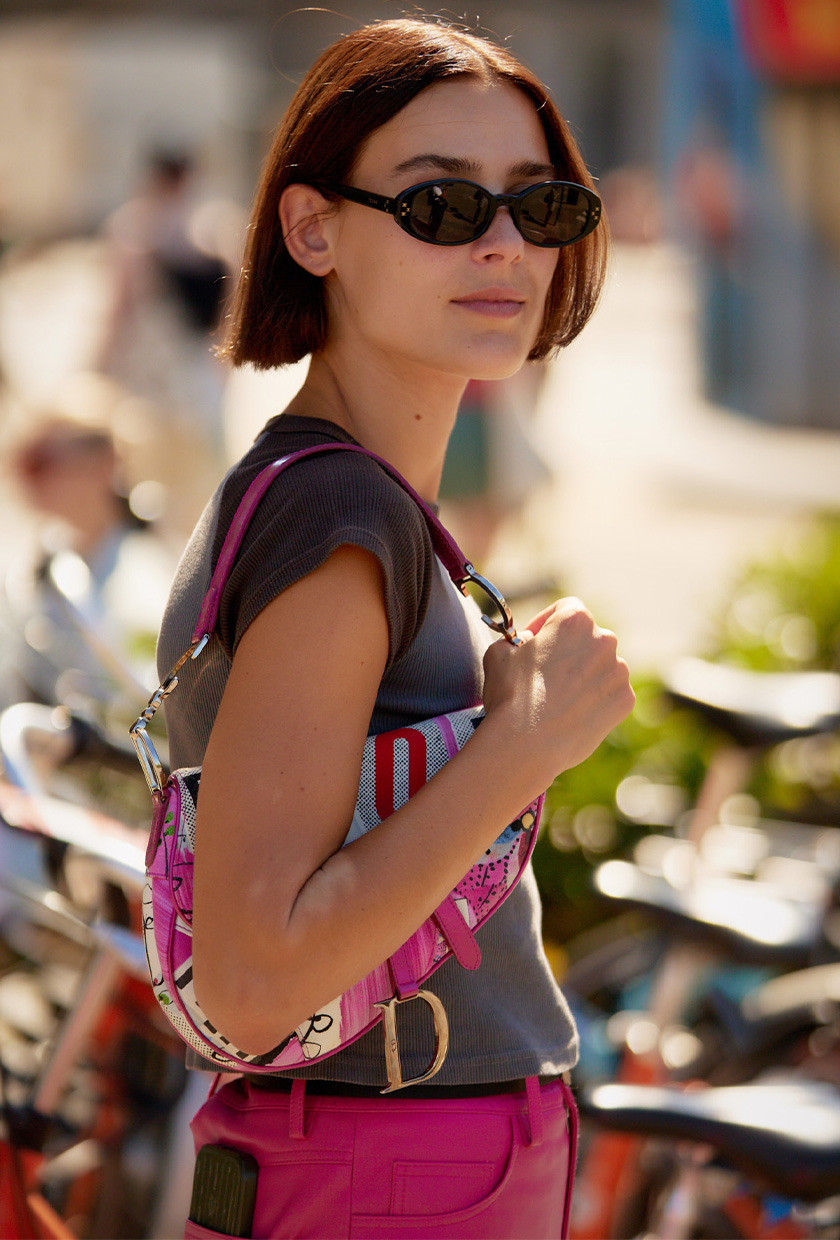
The Dior Saddle Bag, with its distinctive shape and signature "D" stirrup detail, became an emblem of early 2000s fashion. Its unique silhouette and bold logo make it a favorite among fashion-forward individuals. This bag's nostalgic appeal and association with early '00s style make it especially popular with Gen Z shoppers looking to embrace retro trends.
Gucci Jackie Bag

The Gucci Jackie Bag, named after Jacqueline Kennedy, features a unique curved shape and distinctive hardware. Its classic design and connection to a prominent style icon make it a revered piece in vintage fashion. The Jackie Bag's elegant yet functional design ensures it remains a coveted item for those seeking a touch of vintage glamour.
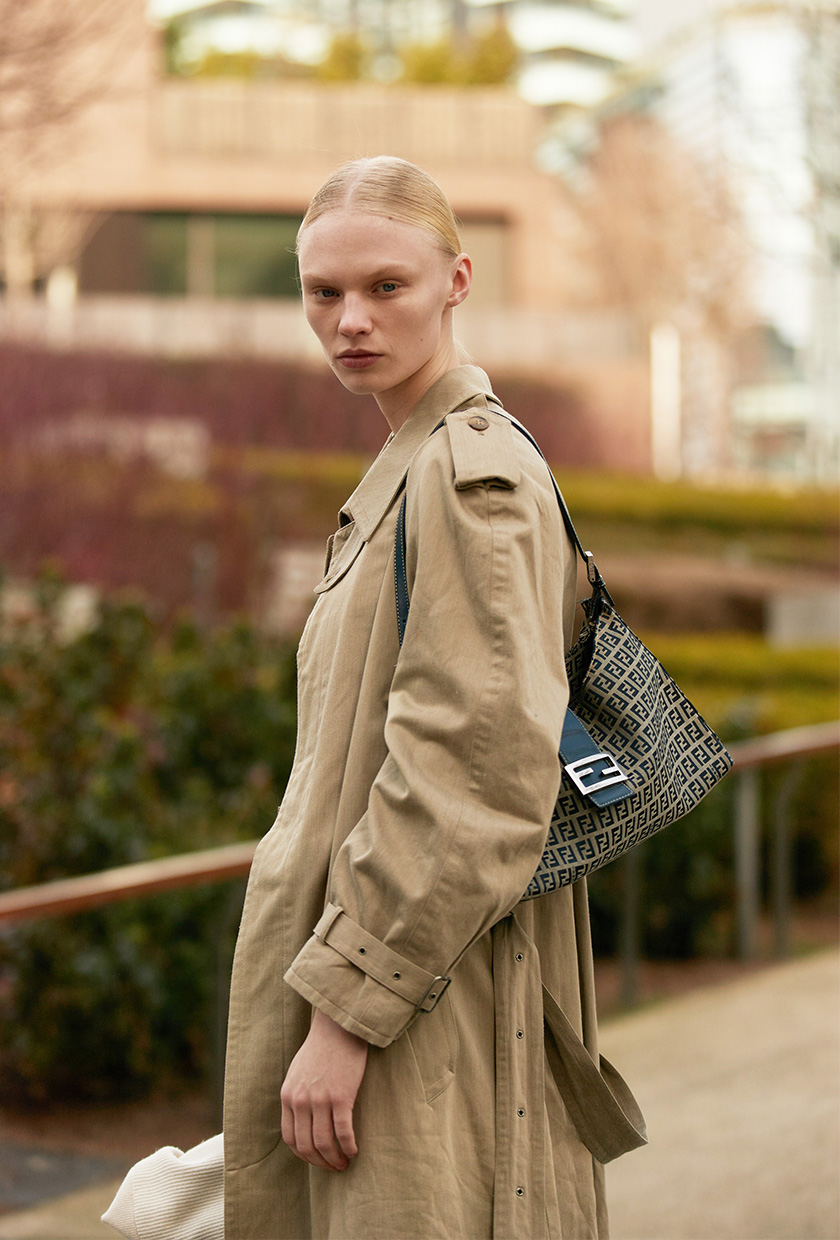
What are some of the biggest mistakes that shoppers make when looking for a vintage designer bag online?
One of the biggest mistakes shoppers make when looking for vintage designer bags online is not thoroughly researching the authenticity and condition of the item. Unlike buying new, where the quality and authenticity are usually guaranteed, vintage pieces require careful scrutiny. Shoppers sometimes overlook the importance of detailed product descriptions or the importance of purchasing from reputable sellers, which can lead to misunderstandings about the item's condition and provenance. It's essential to buy from trusted sources that guarantee the authenticity of their items and provide detailed information about your vintage item.
Finally, how do you decide which vintage bags are worth the investment? And what advice would you give shoppers who are unsure whether to invest?
For shoppers unsure of what vintage bags are worth the investment, you'll want to evaluate several key factors. First, consider the brand and rarity—bags from established luxury brands like Louis Vuitton, Gucci, and Hermès, especially those limited edition or discontinued, tend to hold their value well. Second, you'll want to consider the bag's condition, authenticity, and historical significance; well-preserved bags associated with iconic moments in fashion appreciate. Finally, set a budget that aligns with your financial situation and stick to it. Doing all this will ensure you'll make a satisfying and worthwhile purchase.
Vestiaire Collective
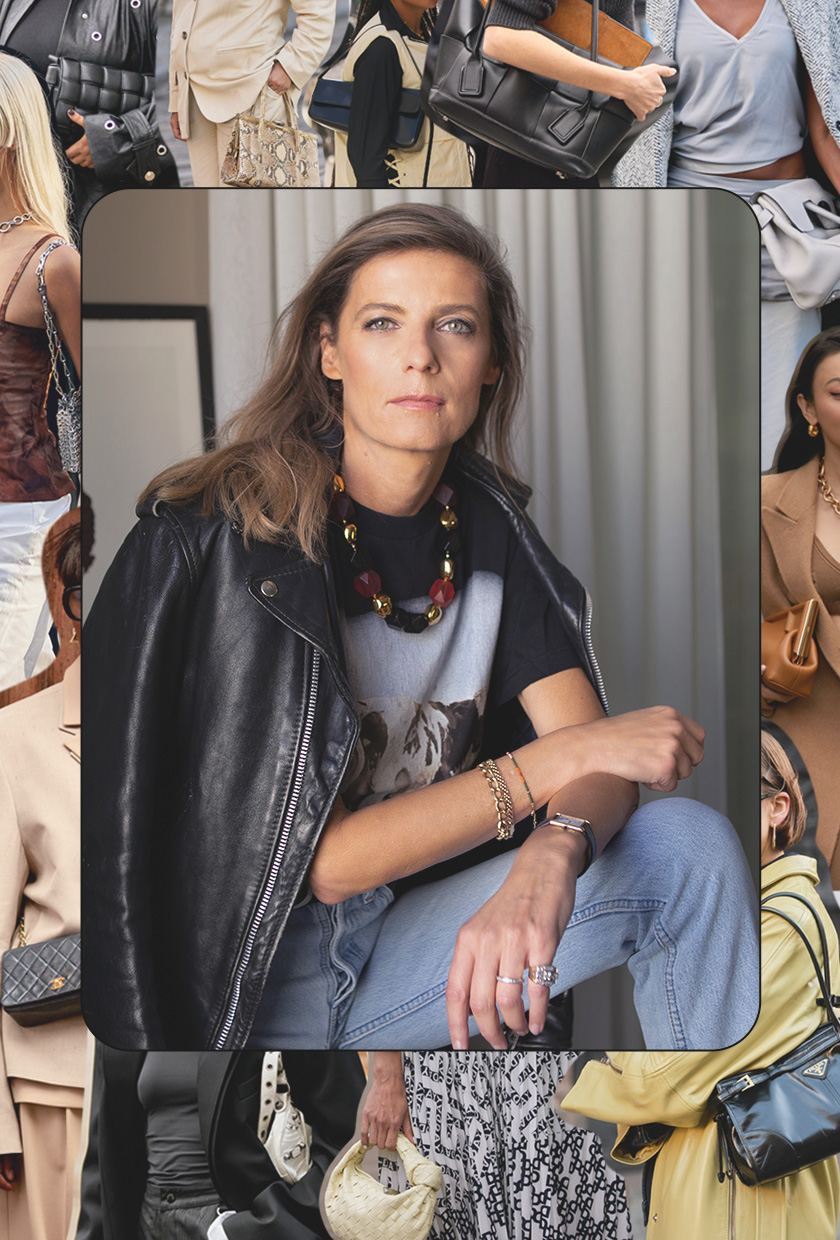
WHO: Sophie Hersan, Co-founder and Fashion Director of Vestiaire Collective
For those who aren't familiar with your work, how did you become a vintage expert? And how has founding Vestiaire Collective changed how you view the luxury resale market?
My taste for creations emerged very early, but my deep interest in craftsmanship has grown stronger as I've worked in the fashion industry. As a studio manager for fifteen years, I got my inspiration from brands' heritage and archives—it's where I found my passion, and I probably became an expert this way. We launched Vestiaire Collective in 2009 after noticing significant changes in how people were consuming fashion: buying more and wearing less because of the boom of fast fashion and poorer-quality items. We wanted to solve a problem and democratize fashion for a better future, reduce waste, and open a world of fashion abundance.
As someone who is well-versed in the market, what's one of the biggest misconceptions you think people have about vintage designer bags? What do you wish more people knew about the luxury resale market?
One misconception about vintage is that it reminds people of something "old fashioned" or "outdated" or is not made for everyone. However, incorporating vintage designer bags into your wardrobe brings modernity and a distinctive allure. Buying original pieces is often more cost-effective and represents a better investment, as they tend to increase in financial value over time.
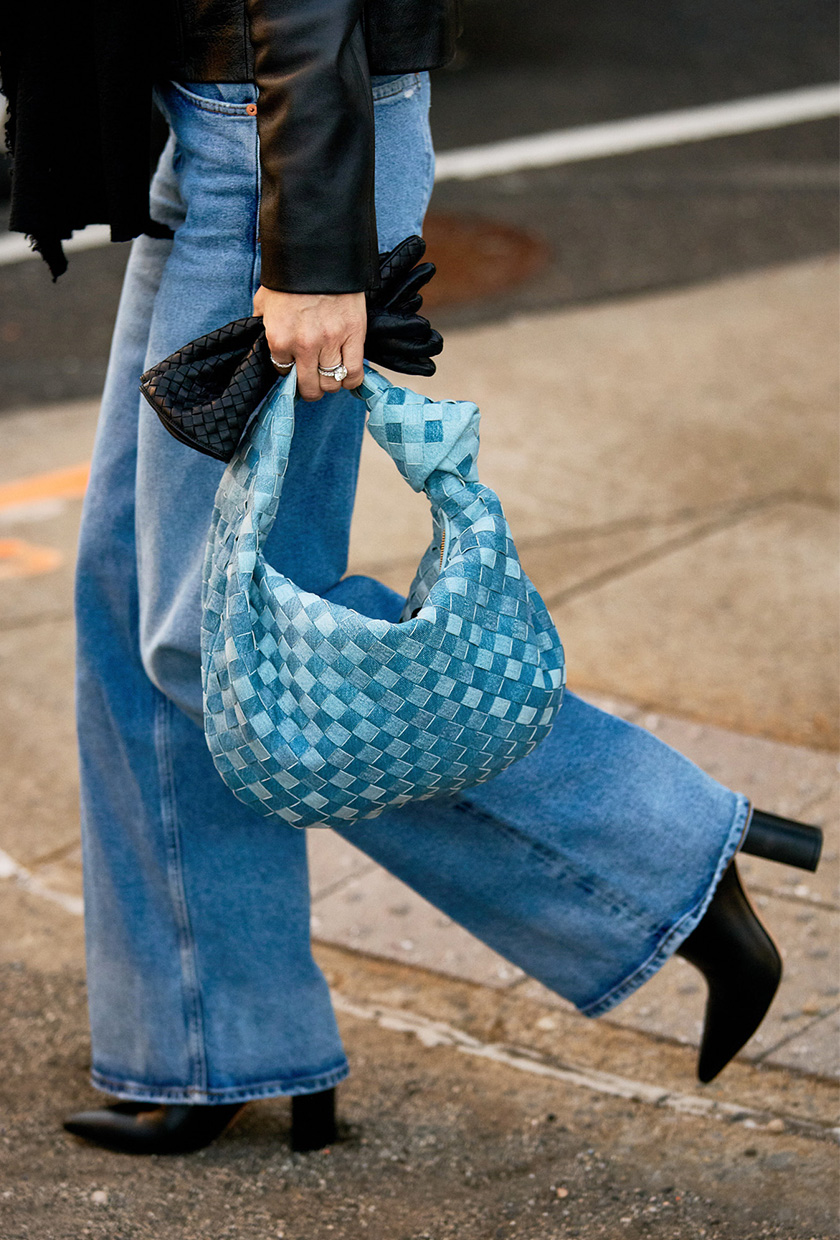
On a deeper psychological level, designer bags have always been a status symbol. But I'm curious if you've noticed a shift in the collective obsession with buying brand-new things. Would you say that platforms like Vestiaire Collective have transformed how we collectively see vintage designer goods?
It is true that buying a brand-new designer bag used to give off a status symbol, but that is less and less the truth. Since there is such a strong interest in secondhand, consumers tend to distinguish themselves with a unique piece rather than showing off with an expensive bag. At Vestiaire Collective, we offer a large selection of unique pieces, creating moments by inspiring our community to discover our selection of pre-loved and vintage designer goods. Thanks to our global community of fashion enthusiasts, influencers, and celebrities, we contributed to shifting this trend.
One thing that's interesting about the current state of fashion is that younger generations are far more excited about shopping vintage. Would you say that you've noticed a spike on your end?
There's been a turning point in the fashion industry, where customers have become more conscious and are looking for ways to be more sustainable. Searches for vintage have doubled compared to last year and are growing faster than overall searches—vintage items also sell 30% faster than non-vintage items. Our research has shown that Gen Z consumers are leading this increasing interest in secondhand, as they're the most apt to both buy (31%) and sell (44%) secondhand items, with millennials close behind.
Given your expertise in the vintage market, which vintage bags are the most popular of all time?
There are so many, but these two remain the most popular vintage bags on Vestiaire Collective…
Fendi Baguette
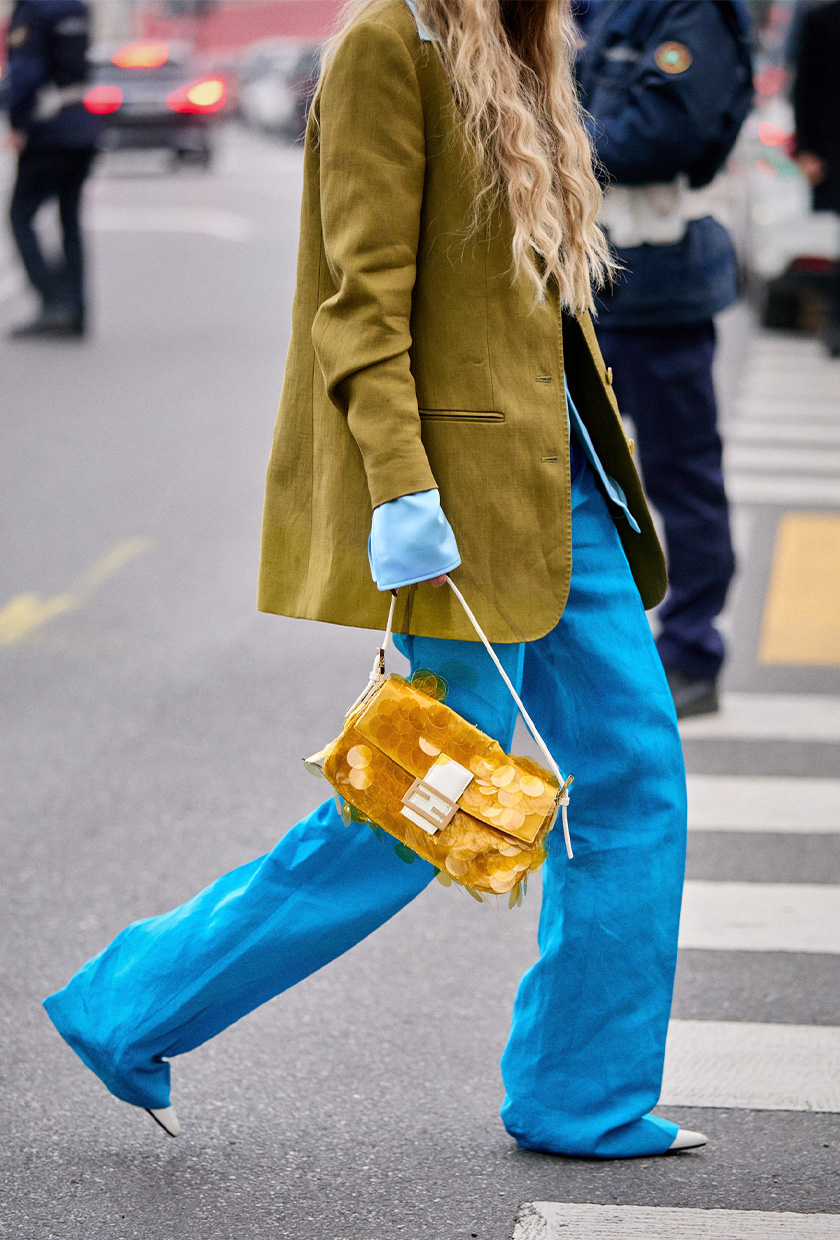
Arguably one of the most popular handbags of all time, the Fendi Baguette was first released in the late '90s. But it wasn't cemented into the cultural zeitgeist until it was prominently featured on Sex and the City. While the style has remained relevant ever since, as Gen Z is discovering the series for the first time through Netflix, the style is likely to soar in popularity again.
Balenciaga City Bag
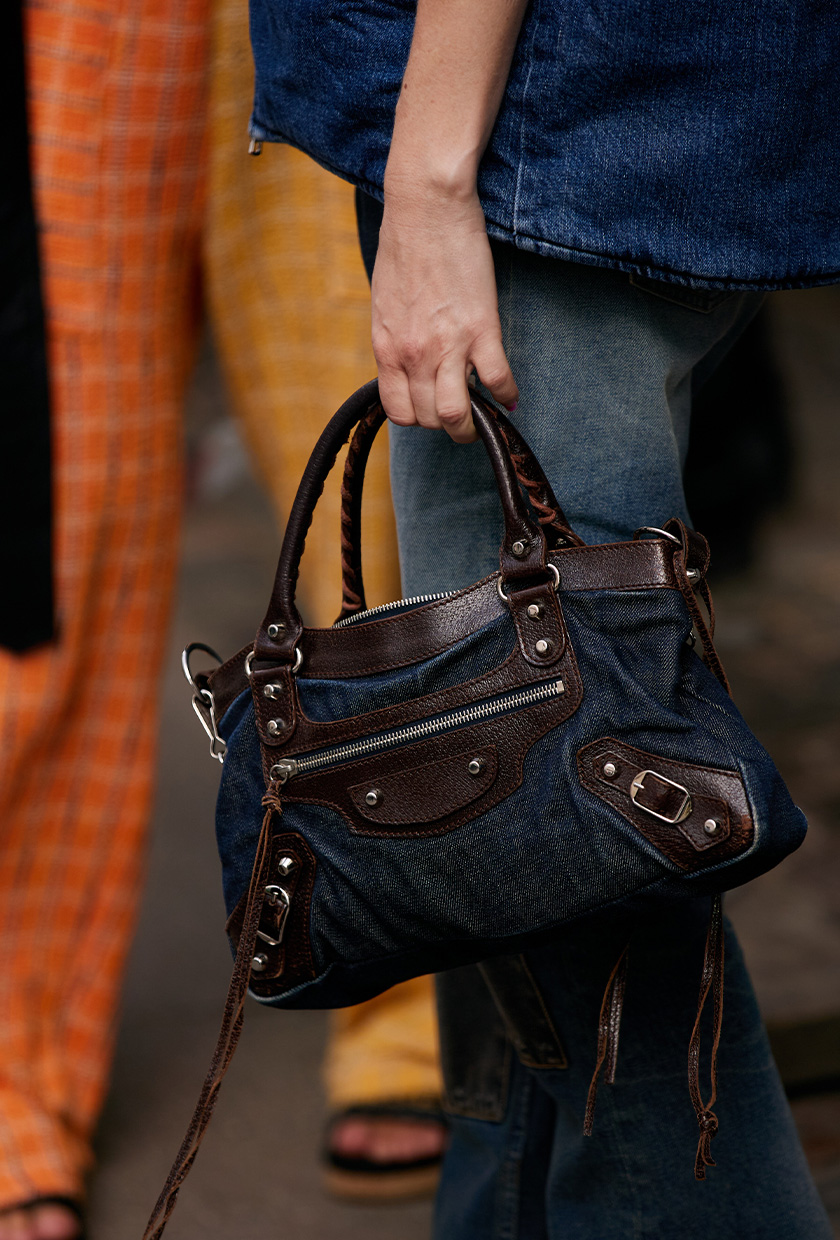
In the past few years, we've seen luxury brands bring back some of their most popular vintage bags, Balenciaga included. Just this past spring, the brand reissued their Balenciaga Motorcycle Bag, also known as the City Bag. Originally introduced by Nicolas Ghesquière in 2001, the style remains relevant because of its unstructured silhouette, soft and durable leather, and chunky hardware.
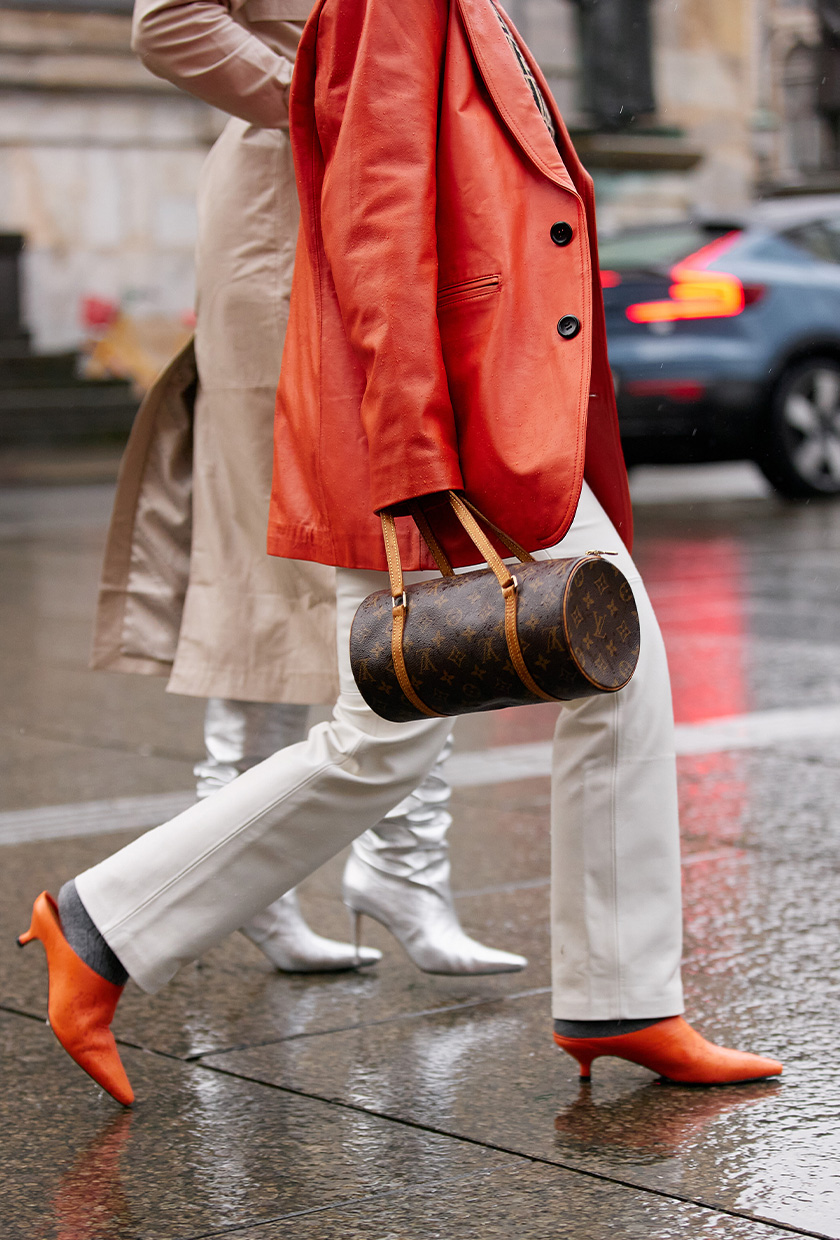
Do you swear by any vintage handbag shopping hacks? If so, what?
First and foremost, buy what you like now; it has to be love at first sight, and it doesn't have to be trendy because it will be more expensive if it is. You can always resell it when the demand is high. Secondly, don't be afraid to use our platform (Vestiaire Collective) to engage with individual sellers and discover different profiles because it's a treasure trove for discovery. Last but not least, do not miss our Vintage Archive Room curation every month, which will highlight a curation of hard-to-find collector and vintage pieces that we recommend.
Finally, how do you decide which vintage bags are worth the investment? And what advice would you give shoppers who are unsure whether to invest?
Buy classic if you're looking for an investment piece. A vintage classic will stand the test of time.
Rebag
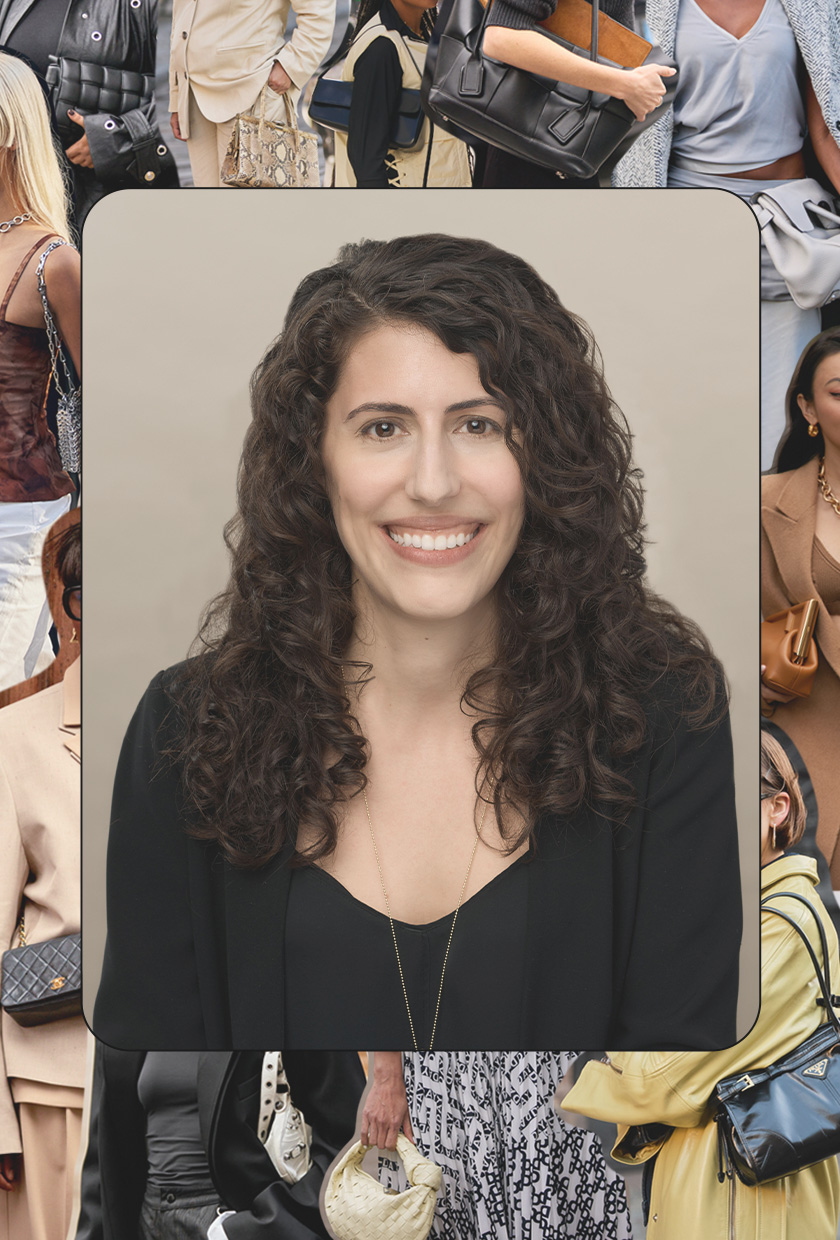
WHO: Elizabeth Layne, Chief Marketing Officer of Rebag
For those who aren't familiar with your work, how did you become a vintage expert? How has working at Rebag changed your view of the luxury resale market?
Before joining Rebag, my interest in the resale industry began in college when I bought and sold from vintage stores and digital platforms. That passion led me to work in the fashion industry, first with digitally native brands like Birchbox and Bonobos and eventually with Rebag. Over the last six years at the company, I've gained insights into the investment value of resale, especially through Rebag's proprietary technology, Clair, which offers more control and predictability compared to consignment businesses. I've also learned to adopt a more long-term mindset toward luxury items, particularly handbags. They're not just for wearing; they are excellent investments.
As someone who's well-versed in the market, what's one of the biggest misconceptions you think people have about vintage designer bags? What do you wish more people knew about the luxury resale market?
One of the biggest misconceptions about vintage designer bags is the concern over authenticity and quality. Many new to the luxury secondary market worry about these aspects, but companies like Rebag have teams of experts who conduct extensive in-person inspections to certify and approve every item listed. I also wish more people knew that luxury accessories are among the least volatile collectible assets and have some of the lowest correlations to stocks—this can be especially important in uncertain economic times. If you care for your luxury accessories and keep them in good condition, their value is likely to increase, especially if they are in demand.
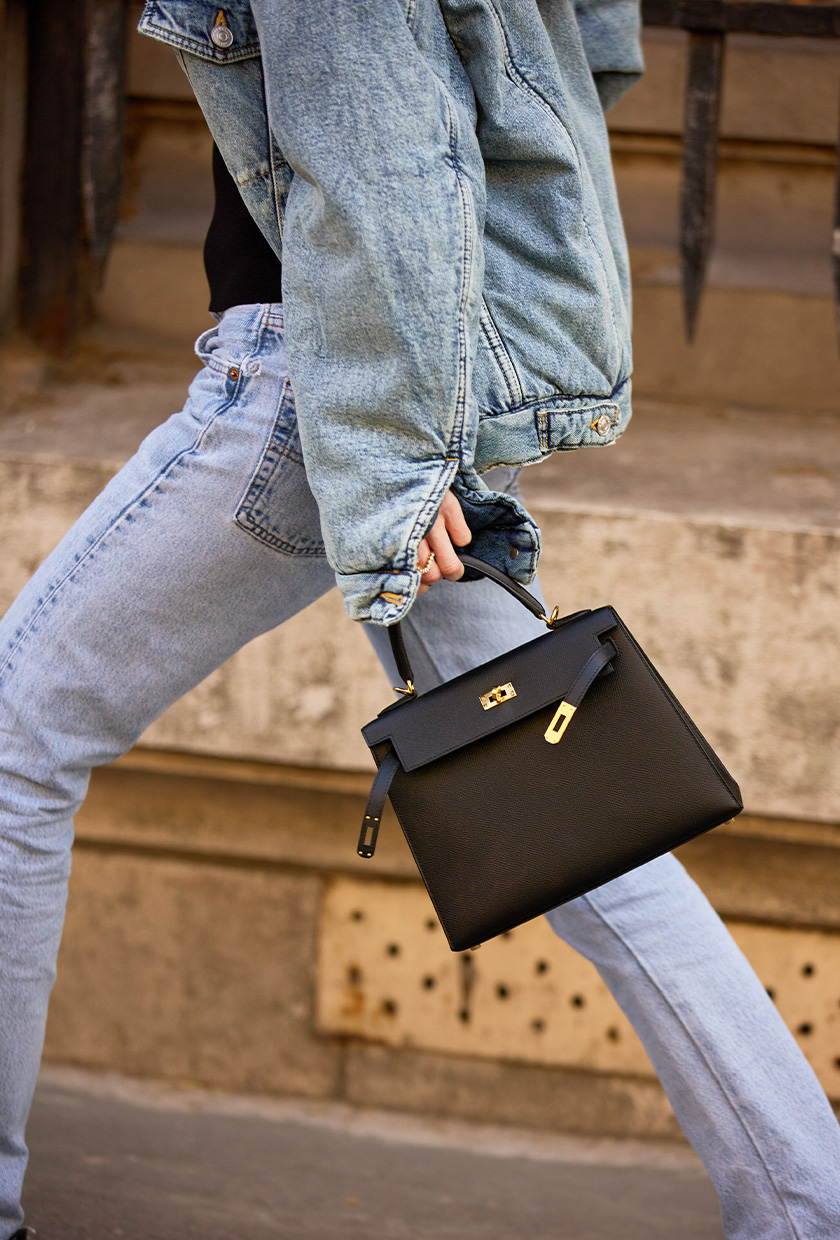
On a deeper psychological level, designer bags have always been a status symbol. But I'm curious if you've noticed a shift in the collective obsession with buying brand-new things. Would you say that platforms like Rebag have transformed how we collectively see vintage designer goods?
Platforms like Rebag have transformed how we collectively see vintage designer goods by highlighting the importance and benefits of secondhand retail. With over 11 million tons of textile waste ending up in U.S. landfills each year, luxury resale allows once-loved fashion items to find new life, reducing waste and lowering the carbon footprint compared to producing new goods. Rebag's circular business model saves items from landfills and positions resale as a viable and sustainable alternative to shopping at full price or off price. This shift has helped change the perception of vintage designer goods, making them a desirable and eco-friendly choice for fashion enthusiasts.
One thing that's interesting about the current state of fashion is that younger generations are far more excited about shopping vintage—would you say that you've noticed a spike on your end? If so, are there any specific vintage trends that you find have taken off with Gen Z?
Over the past year, we've seen increased interest in bags from the '90s. Per our most recent Clair Report, the Fendi Baguette, initially introduced in 1997, is the second most valuable Fendi style of 2023 with a 113% average value retention. Similarly, the Louis Vuitton Pochette Accessories, which debuted in 1992, is the French label's number two style with a 102% average value retention.
Given your expertise in the vintage market, which vintage bags are the most popular of all time?
Based on data from our most recent Clair Report, there are several entry-level vintage bags that stand out as exceptionally investment-worthy…
Prada Nylon Shoulder Bag
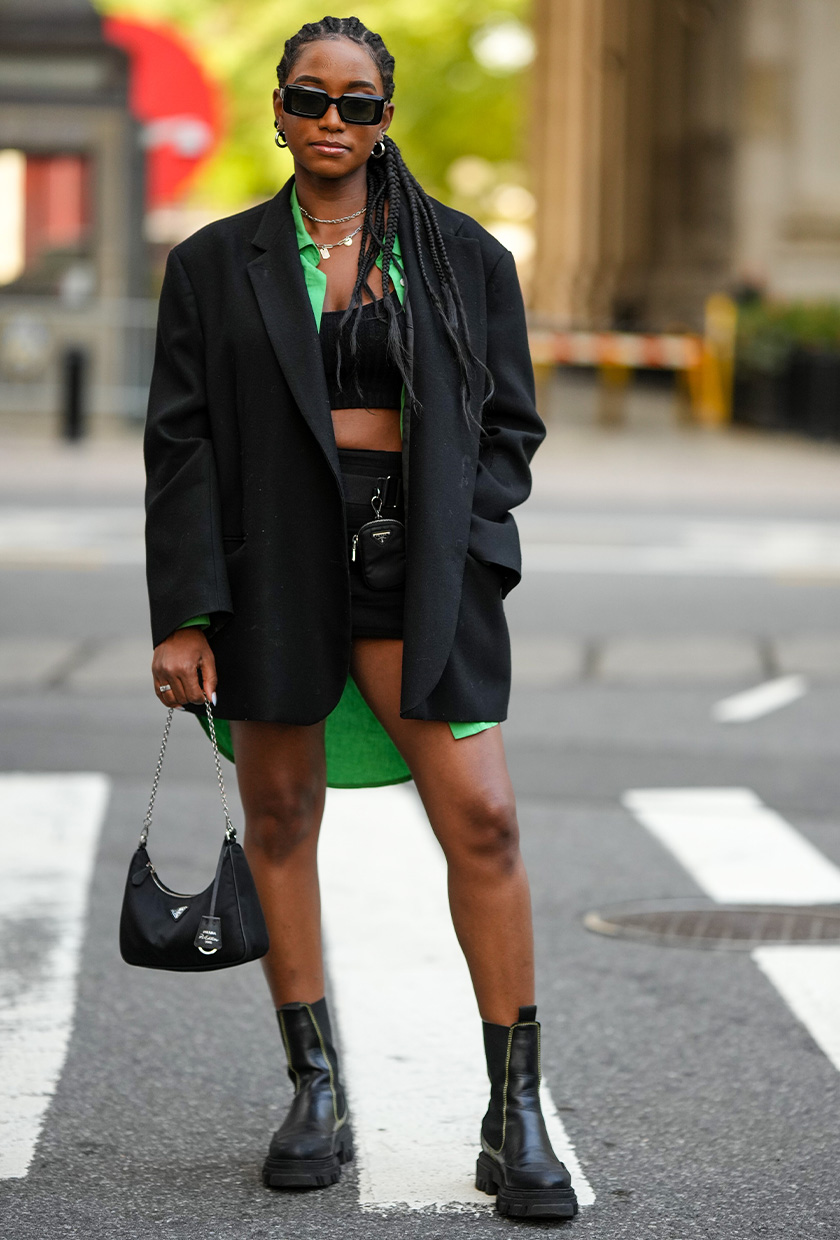
The Prada Re-Edition collection, which revives the Prada nylon bags from the early 2000s, is particularly popular due to its entry-level price point. The small Prada Re-Edition 2005 Shoulder Bag Tessuto is one of Rebag's most favored vintage bags.
Louis Vuitton Speedy Bag
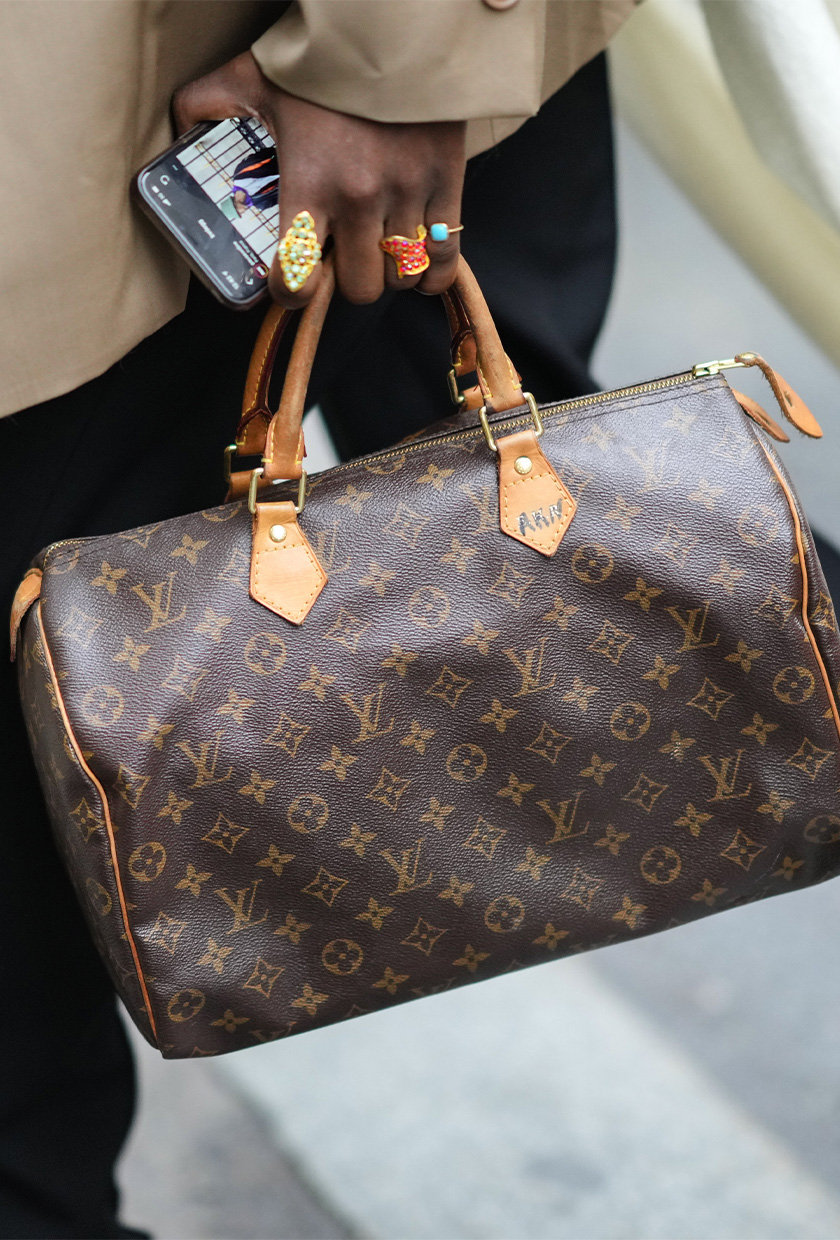
The Louis Vuitton Speedy Bag, introduced in 1930, is one of the luxury label’s most iconic handbag styles. It features the house’s signature Monogram canvas and sturdy leather handles. Its timeless appeal, coupled with its durability and versatility, make it a highly coveted investment piece that consistently retains its value.
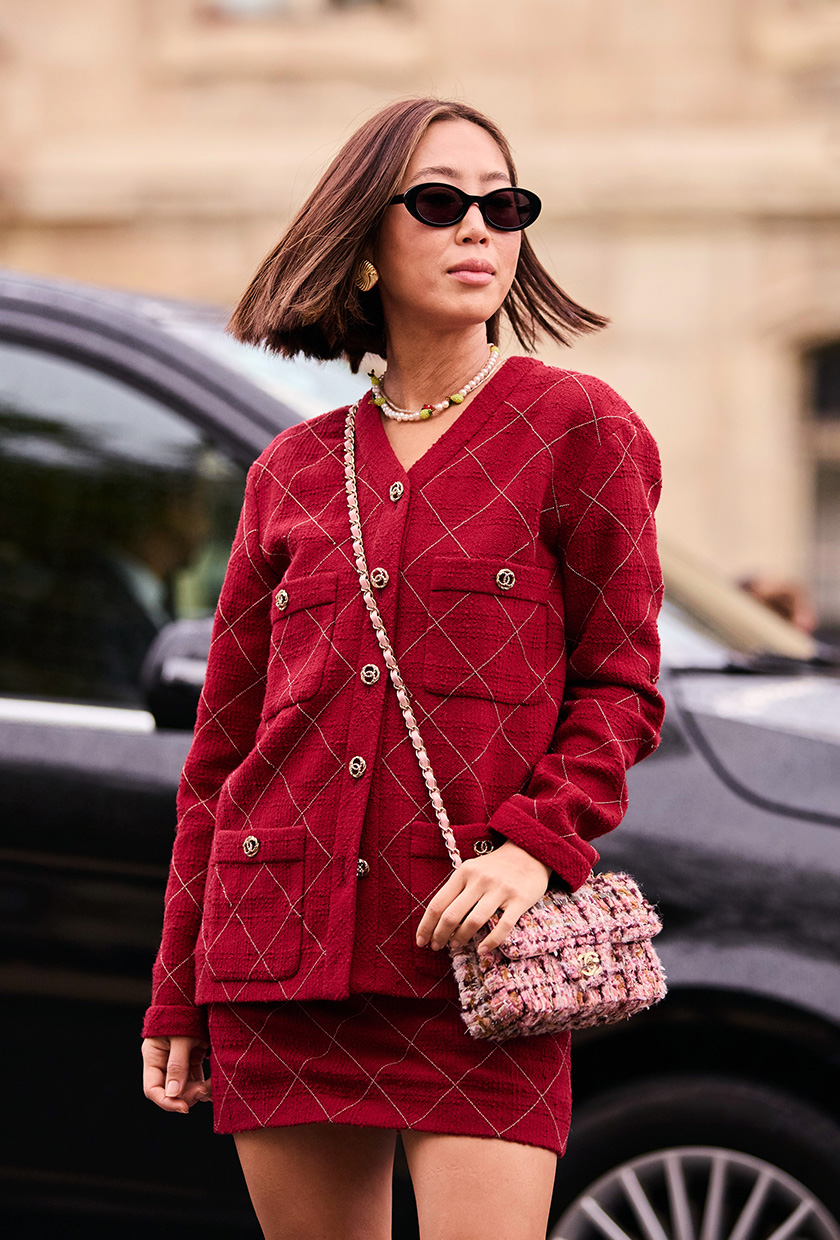
What are some of the biggest mistakes that shoppers make when looking for a vintage designer bag online? And what advice would you give to someone who's still learning how to shop for vintage leather goods online?
One of the biggest mistakes you can make is not doing enough research; it's crucial to understand the market value of the items you're interested in. For those new to shopping for vintage leather goods online, I advise utilizing tools like Rebag's proprietary tracking system, which uniquely identifies items by brand and model—it allows you to track the value of your item over time and decide the best times to buy or sell. Additionally, look for companies that offer a robust authentication process, as companies like Rebag have teams of experts who conduct extensive in-person inspections, certifying and approving each item for quality and authenticity.
Finally, how do you decide which vintage bags are worth the investment? And what advice would you give shoppers who are unsure whether to invest?
Buyers in the market for a luxury item should narrow their search to styles with high investment value, as indicated by our 2023 Clair Report. Per the report, Hermès, Chanel, and Louis Vuitton are top-performing brands in terms of average resale value, with pieces like the Hermès Constance, Hermès Picotin, Chanel Deauville Tote, and Louis Neverfull retaining an average of 127%, 120% 114%, and 136% value in 2023, respectively.
Depop
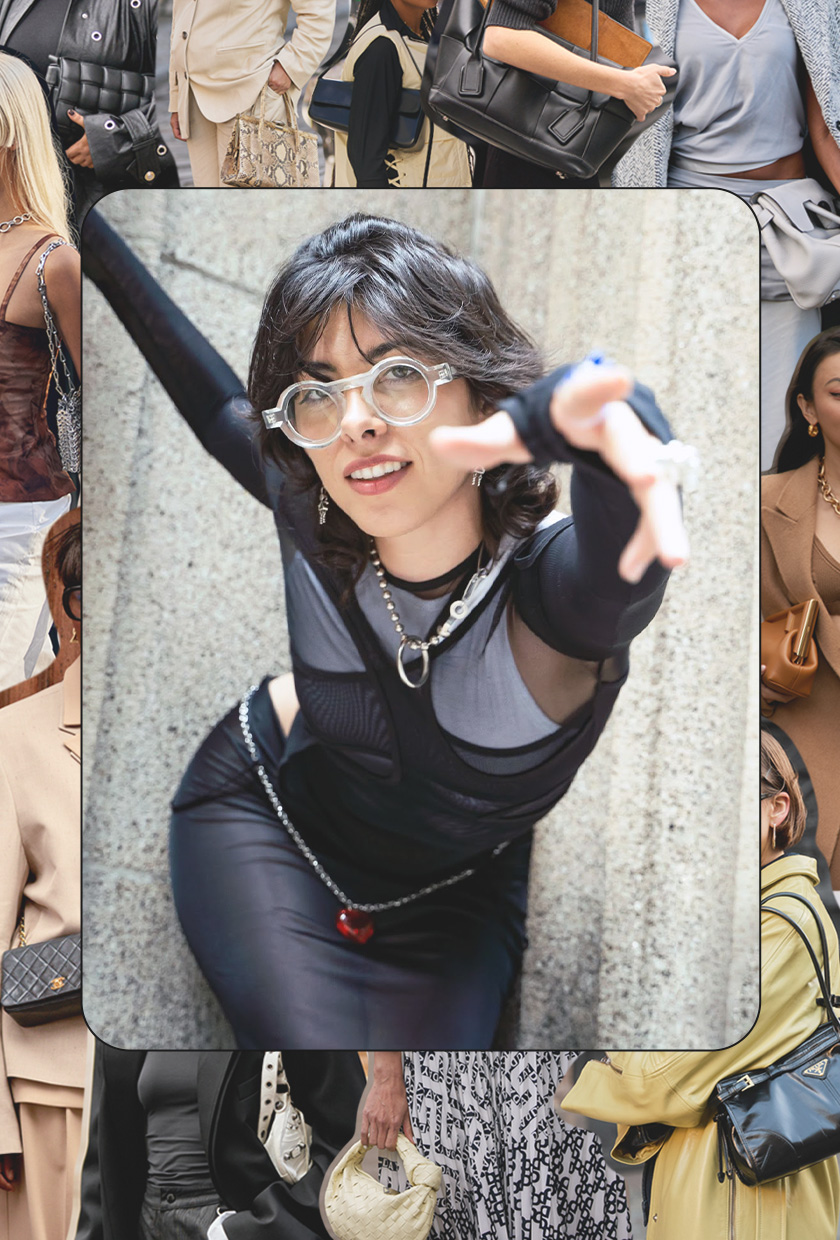
WHO: Agus Panzoni, Trend Specialist at Depop
For those who aren't familiar with your work, how did you become a vintage expert? And how has working at Depop changed how you view the luxury resale market?
From a young age, I've been fascinated by how the context in which we live affects our tastes and preferences. The state of the economy drives our tastes in fashion, but so do other socio-cultural movements! My curiosity eventually led me to study economics, but I'm a trend researcher by trade. I've spent the last few years working for various research agencies while becoming a Depop seller specializing in '90s and '00s fashion. I wanted to get more involved in the community, so I applied to join the team. Working at Depop solidified how important shopping secondhand is to me. I've noticed the power of resale and vintage fashion. When you shop secondhand, you tap into a knowledgeable community of people who genuinely love fashion and have an encyclopedic knowledge of archival luxury. You not only get to shop for items with a history, but you also get to support those passionate about preserving these items and giving them a second life! Fashion trends often come back into style, so why do we have to buy new things constantly?!
As someone who is well-versed in the market, what's one of the biggest misconceptions you think people have about vintage designer bags? What do you wish more people knew about the luxury resale market?
One of the biggest misconceptions is that vintage designer bags are unattainable to the average person. As any vintage shopper knows, there's something for everyone at every price point. It can take time, but if you have a vision of what you want (or don't), digging through sellers and listings will eventually be fruitful. You shouldn't be afraid of a little wear and tear on bags; it gives a bag character and adds an element of effortlessness to your style. It's the same as spending hours sifting through mounds of clothes in vintage stores—but online instead!

On a deeper psychological level, designer bags have always been a status symbol. But I’m curious if you’ve noticed a shift in the collective obsession with buying brand-new things. Would you say that platforms like Depop have transformed how we collectively see vintage designer goods?
Directly discussing designer bags, platforms like Depop have helped further popularize interest in archival fashion. Unlike in the past, when secondhand items were less accessible and current trends and marketing campaigns heavily influenced designer bag purchases, today’s shoppers can effortlessly explore pieces from bygone eras. This shift enables consumers to appreciate and invest in the distinct sensibilities that designers from the past aimed to convey, fostering a more conscious and deliberate approach to fashion. Separate from archival styles, the secondhand market has made contemporary luxury handbags more accessible to a broader audience by offering these pieces at a lower price tag.
One thing that’s interesting about the current state of fashion is that younger generations are far more excited about shopping vintage. Would you say that you’ve noticed a spike on your end? If so, are there any specific vintage trends that you find have taken off with Gen Z?
The younger generation is excited to shop vintage because it folds sustainability into fashion while allowing them to explore old and new styles. It’s inspiring to see shoppers and fashion people get into referential dressing, researching old runway shows, iconic pop-culture moments, and street style as a springboard to find vintage pieces. Specifically, Gen Z has gravitated towards the beat-up, worn-in look of handbags. Spurred by Mary-Kate Olsen’s iconic beat-up Birkin, well-worn bags have been given a new life as symbols of effortless luxury. Pieces that are overly shiny and new are no longer it; a vintage bag has character and is a marker of someone whose style shines outside of the trend cycle.
Given your expertise in the vintage market, which vintage bags are the most popular of all time?
Based on search data on Depop, these are the most popular vintage handbags…
Coach Soho Bag
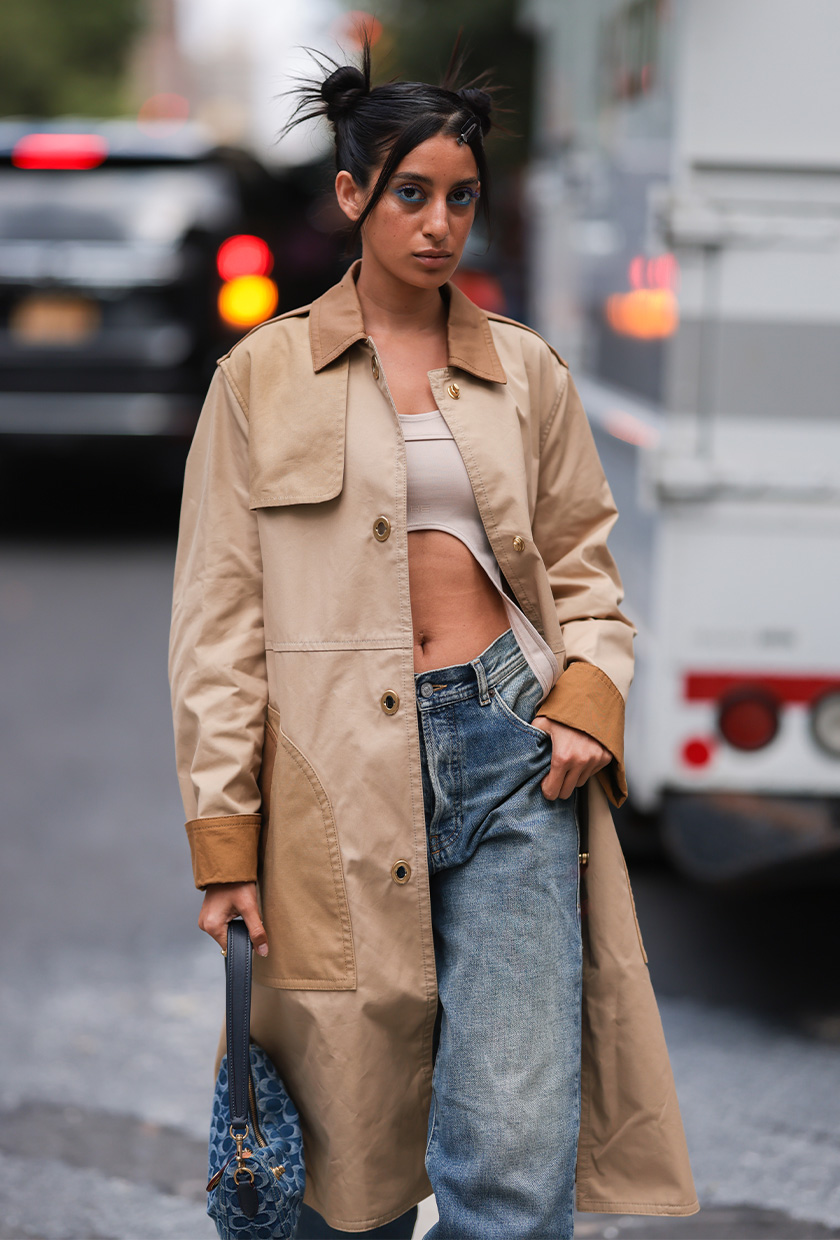
As a brand, Coach is another safe choice when investing in vintage bags. Depop has seen a 174% increase in searches for Coach bags year-over-year. In addition to the current popularity of the Tabby Bag, another style remains a popular choice among the vintage community: the Coach SoHo Bag. Its appeal lies in the combination of soft, supple leather, a slouchy silhouette, and distinctive features such as buckle details and a spacious interior, making it a versatile choice for everyday use. Among the SoHo collection, I'm a fan of the flap hobo style.
Chloé Silverado Bag
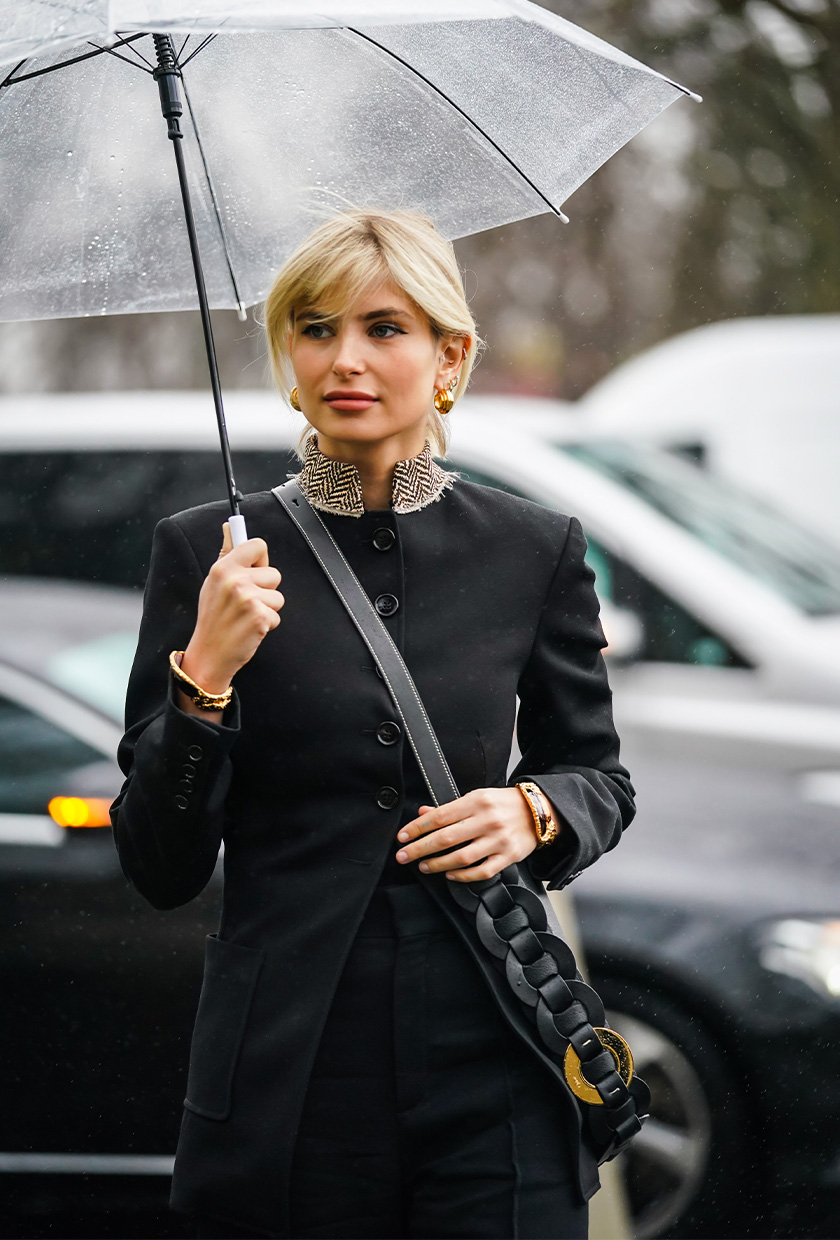
I'm currently on the hunt for a Chloé Silverado Bag. Designed by Phoebe Philo and launched in 2004, this bag quickly gained popularity for its bohemian chic aesthetic. I'm particularly fond of its braided leather details and metallic hardware. One of the reasons I love the Silverado is that it didn't reach the same level of fame as the Paddington, making it a unique and less obvious choice for collectors. Now that Chemena Kamali has successfully brought boho back into the zeitgeist, the time is ripe to invest in a Silverado. The Depop community sees it coming, too, with searches for the Chloé Silverado increasing by 200% since the start of the year.

What are some of the biggest mistakes that shoppers make when looking for a vintage designer bag online? And what advice would you give to someone who's still learning how to shop for vintage leather goods online?
The internet is an endless resource, which can be both good and bad. There are inevitably counterfeit bags and faulty listings on any resale website, so it's important to do the due diligence of researching your seller. Reading reviews and asking questions can give insight into an item's legitimacy. If a deal seems too good to be true, it likely is. It takes more time than you may think to find those vintage gems, so I advise you to dig for what you want and don't give up!
Finally, how do you decide which vintage bags are worth the investment? And what advice would you give shoppers who are unsure whether to invest?
Investment pieces are very personal. There will always be the latest trend or the most coveted bag, but the beauty of trends is that you can engage in what speaks to you from a personal style. For me, buying an investment piece is always a gut feeling; it's about the piece that resonates with your style and something you love regardless of the public opinion on a certain trend or piece. I always find myself revisiting the pieces I'm excited about over and over before I decide to buy. The noise of trend cycles can be loud, but if it speaks to you on a personal level, it's worth the investment.

Jasmine Fox-Suliaman is a freelance writer and editor living in New York City. What began as a pastime (blogging on Tumblr) transformed into a lifelong passion for unveiling the connection between fashion and culture on the internet and in real life. Over the last decade, she's melded her extensive edit and social background to various on-staff positions at Who What Wear, MyDomaine, and Byrdie. More recently, she’s become a freelance contributor to other publications including Vogue, Editorialist, and The Cut. Off the clock, you can find her clutching her cell phone as she's constantly scrolling through TikTok and The RealReal, in search of the next cool thing.
-
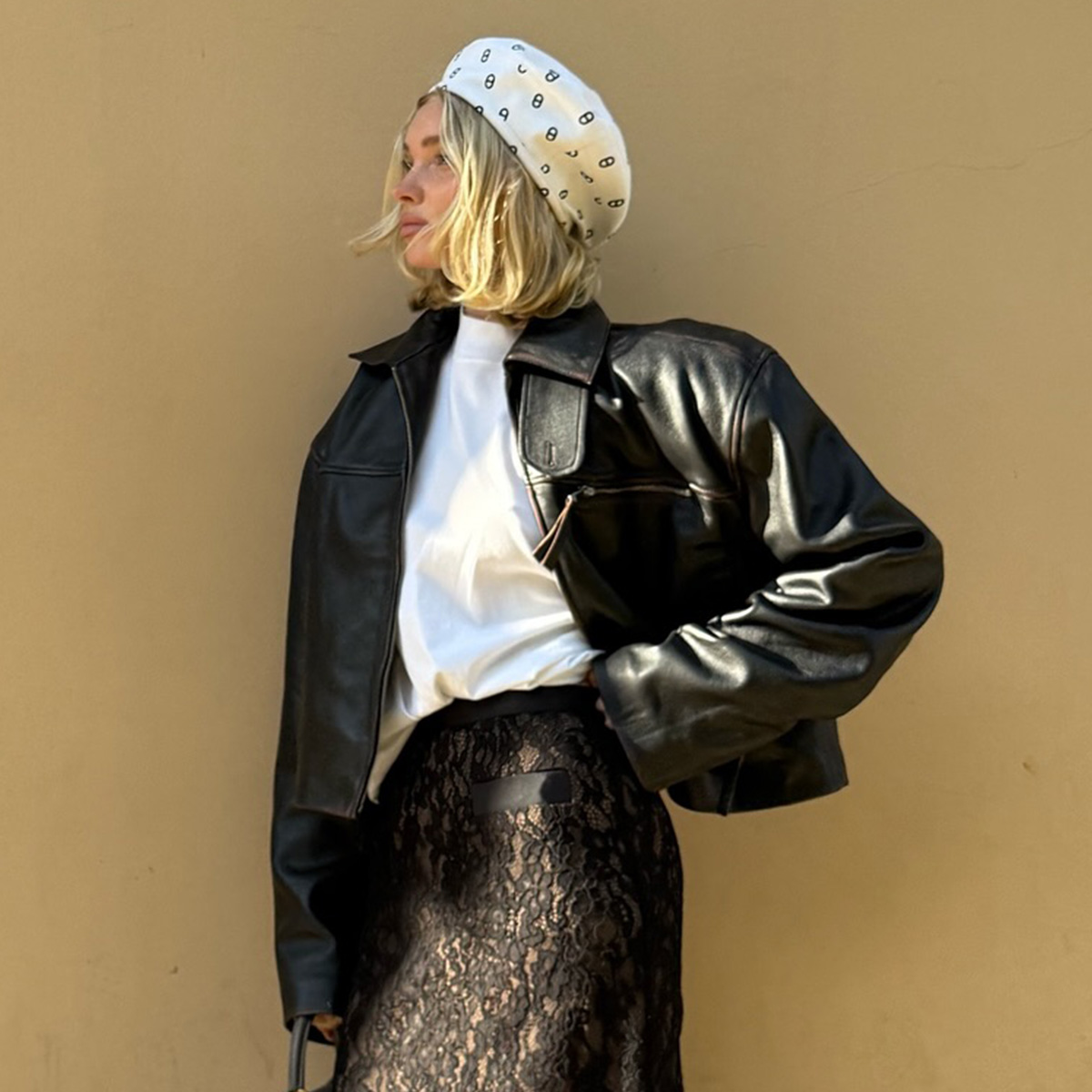 Got Taste? I Picked 37 Revolve Items Just for You
Got Taste? I Picked 37 Revolve Items Just for YouEnjoy.
By Eliza Huber
-
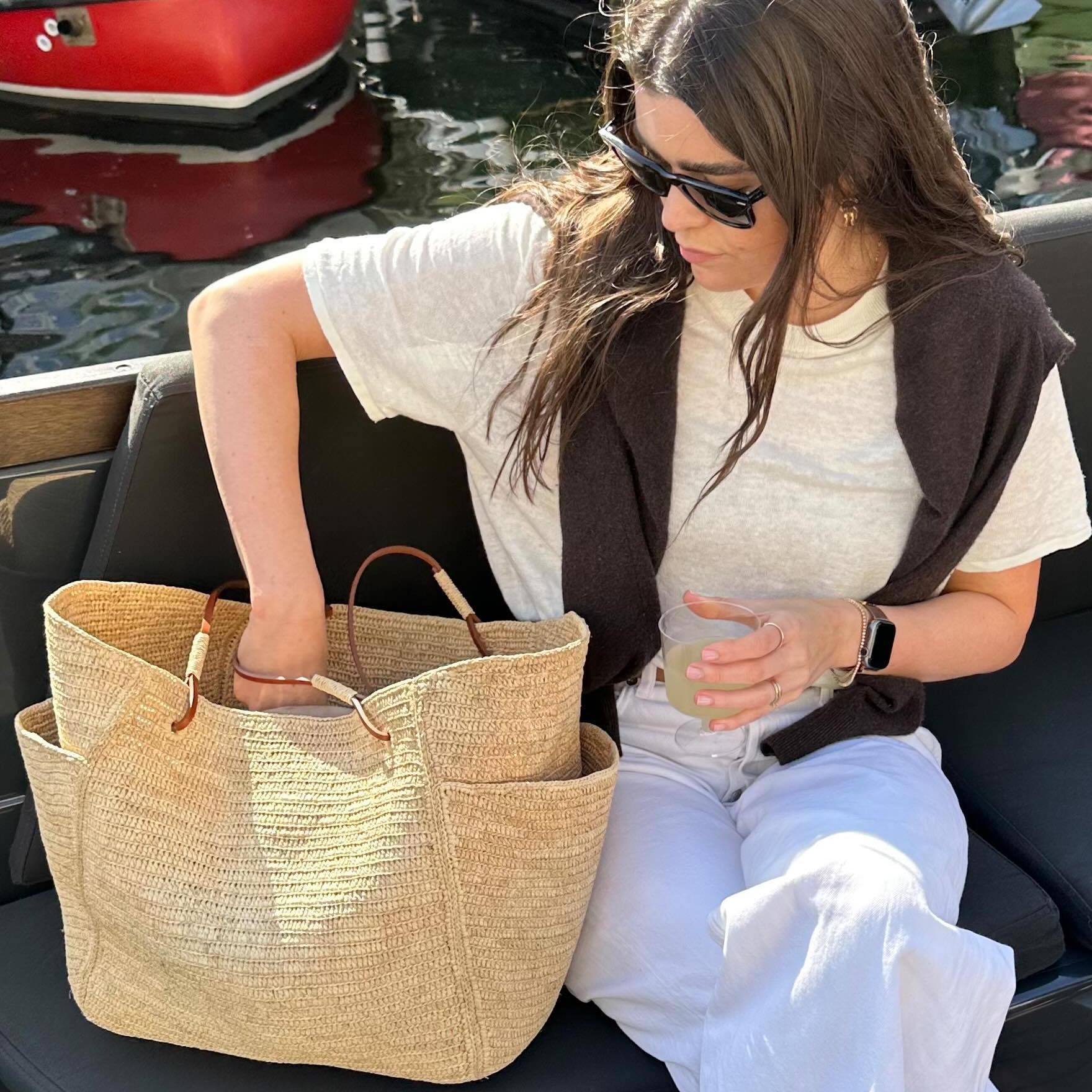 Effortless Cool-Girl Vibes Are the Goal—26 Sale Picks From J.Crew and Gap That Fit the Bill
Effortless Cool-Girl Vibes Are the Goal—26 Sale Picks From J.Crew and Gap That Fit the BillHello, spring.
By Jennifer Camp Forbes
-
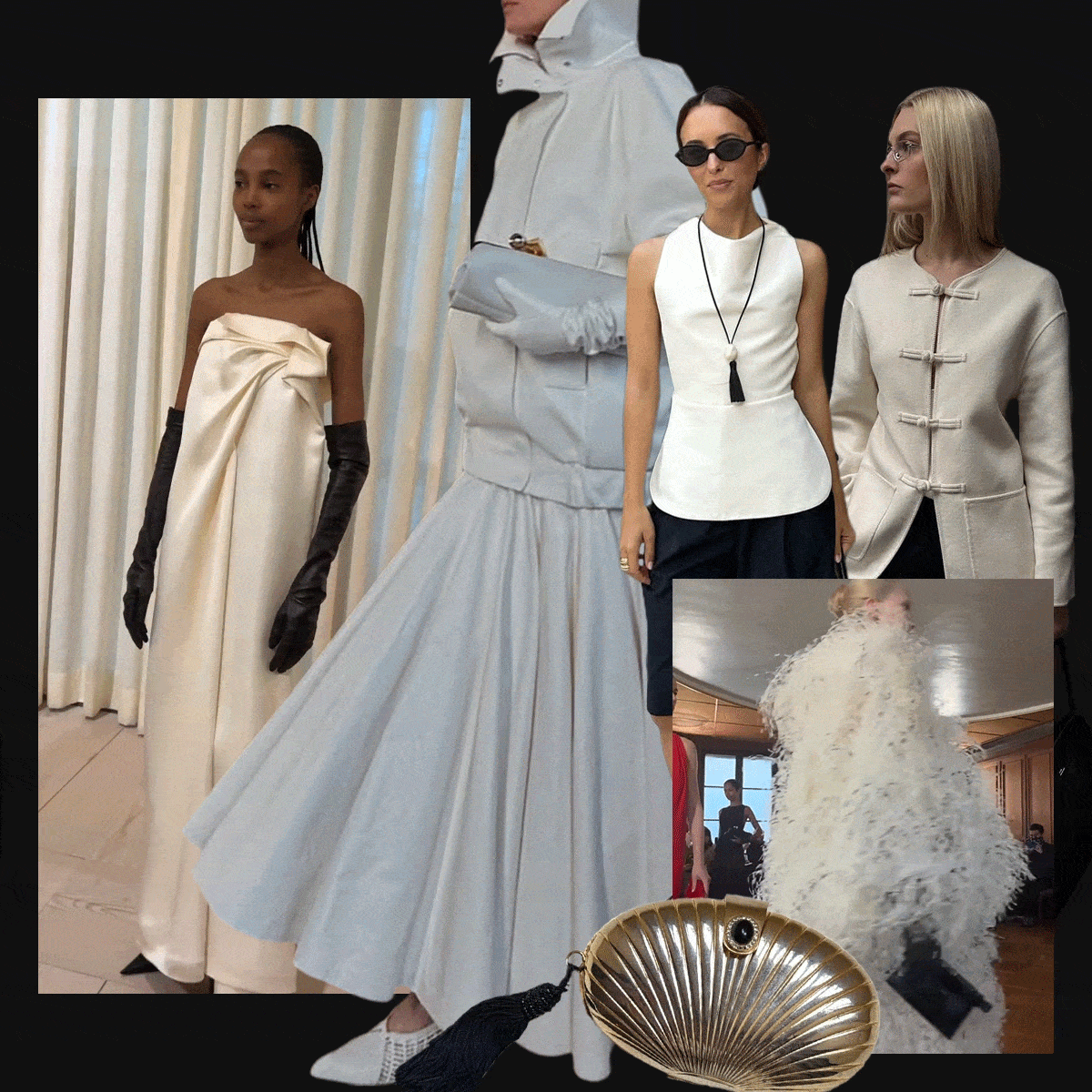 Opulent Minimalism Is My Entire Spring Mood—I'll Explain With These 31 Finds
Opulent Minimalism Is My Entire Spring Mood—I'll Explain With These 31 FindsSatin! Fringe! Tweed!
By Anna LaPlaca
-
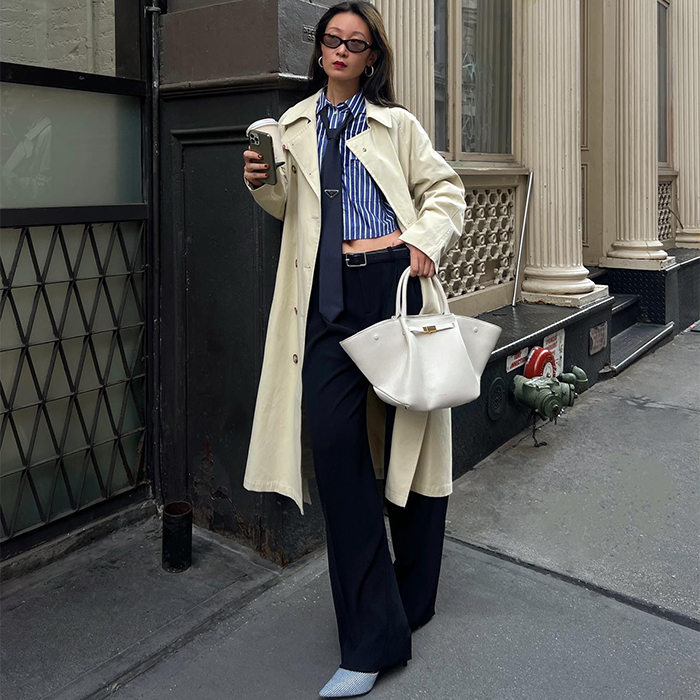 Just In: WWW Readers Are Most Interested in These Handbags
Just In: WWW Readers Are Most Interested in These HandbagsA few brands took all the top spots.
By Chichi Offor
-
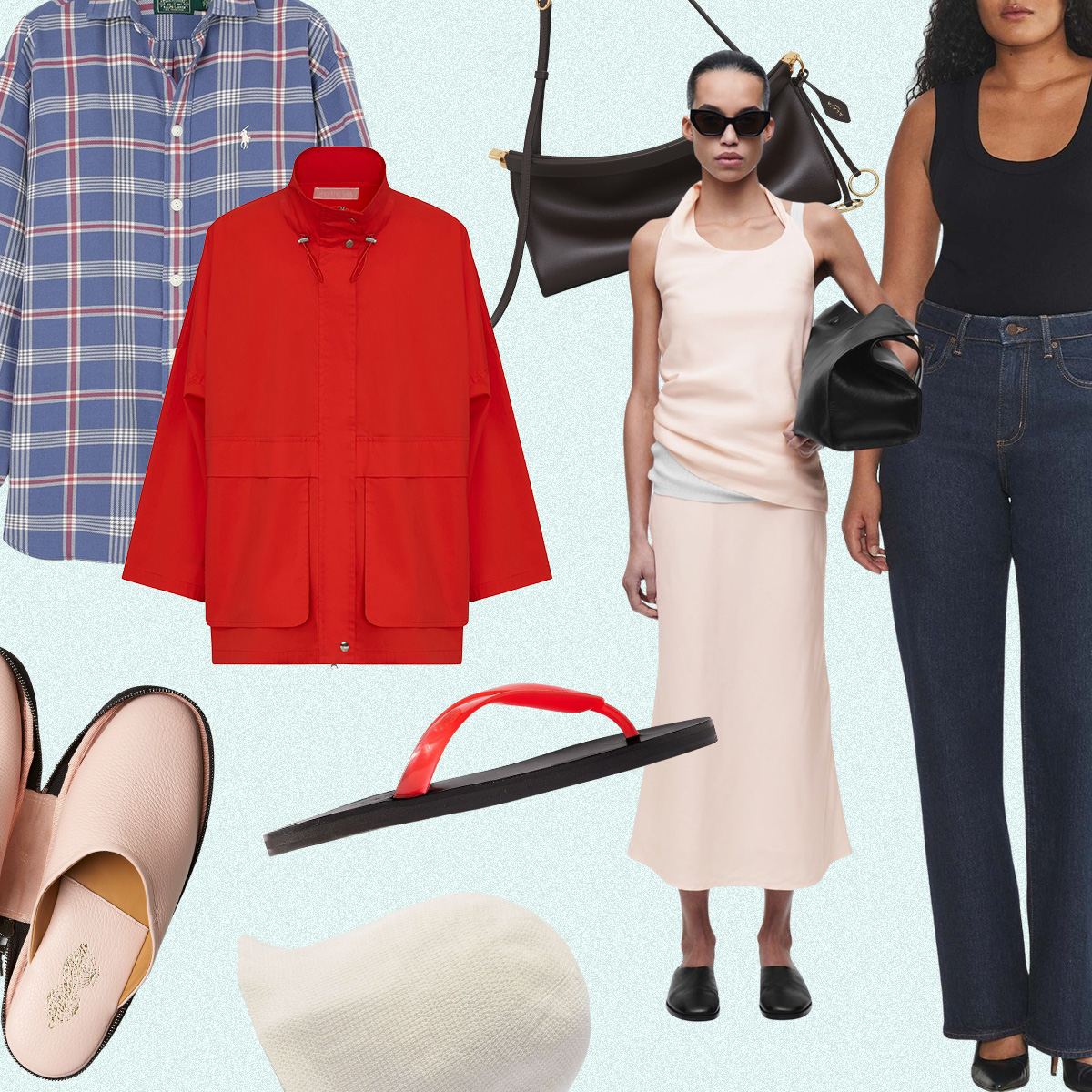 Just Some Really Good Buys for Spring—That's All
Just Some Really Good Buys for Spring—That's AllThank me later.
By Eliza Huber
-
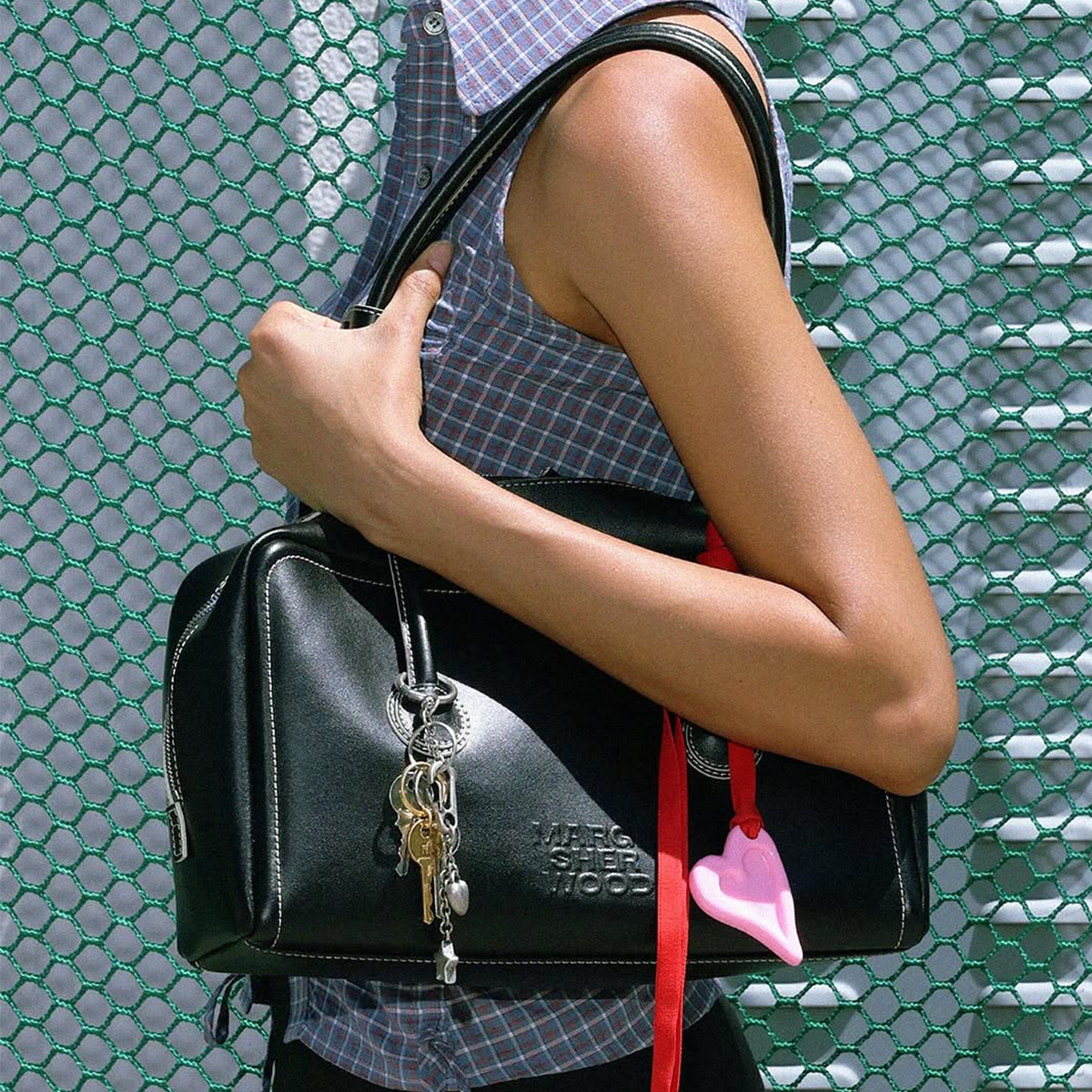 I Live in NYC—This Is the It Bag Every Fashion Person Is Wearing
I Live in NYC—This Is the It Bag Every Fashion Person Is WearingA new favorite.
By Audry Hiaoui
-
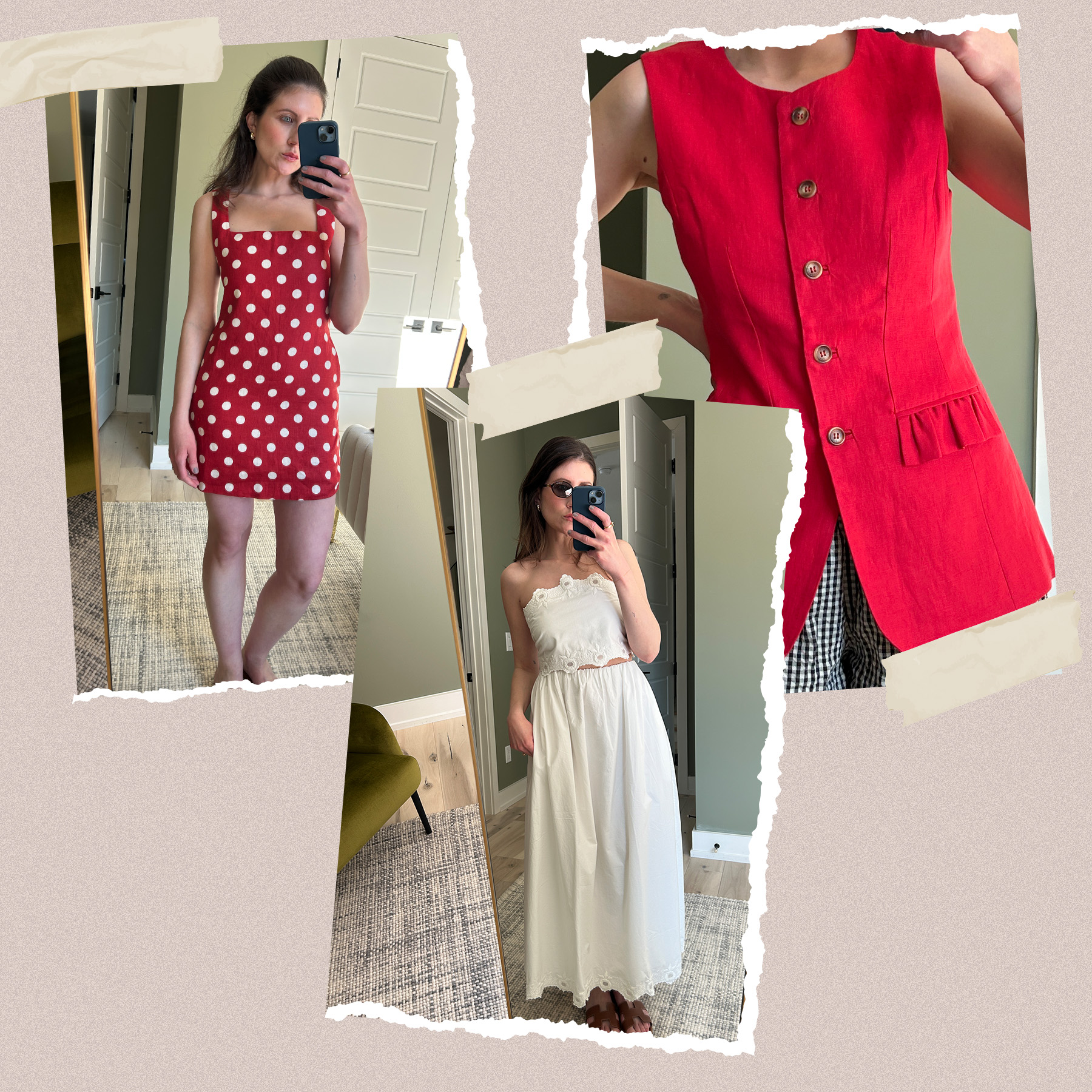 I Tried On the 12 Posse Pieces Everyone Wants Right Now—Here's How They Fit
I Tried On the 12 Posse Pieces Everyone Wants Right Now—Here's How They FitVerdict: I'm not surprised it's all selling out.
By Allyson Payer
-
 No Budget? No Problem—These 7 Luxury Brands Will Define Your Ideal Summer Closet
No Budget? No Problem—These 7 Luxury Brands Will Define Your Ideal Summer ClosetYour dream wardrobe awaits.
By Sierra Mayhew
